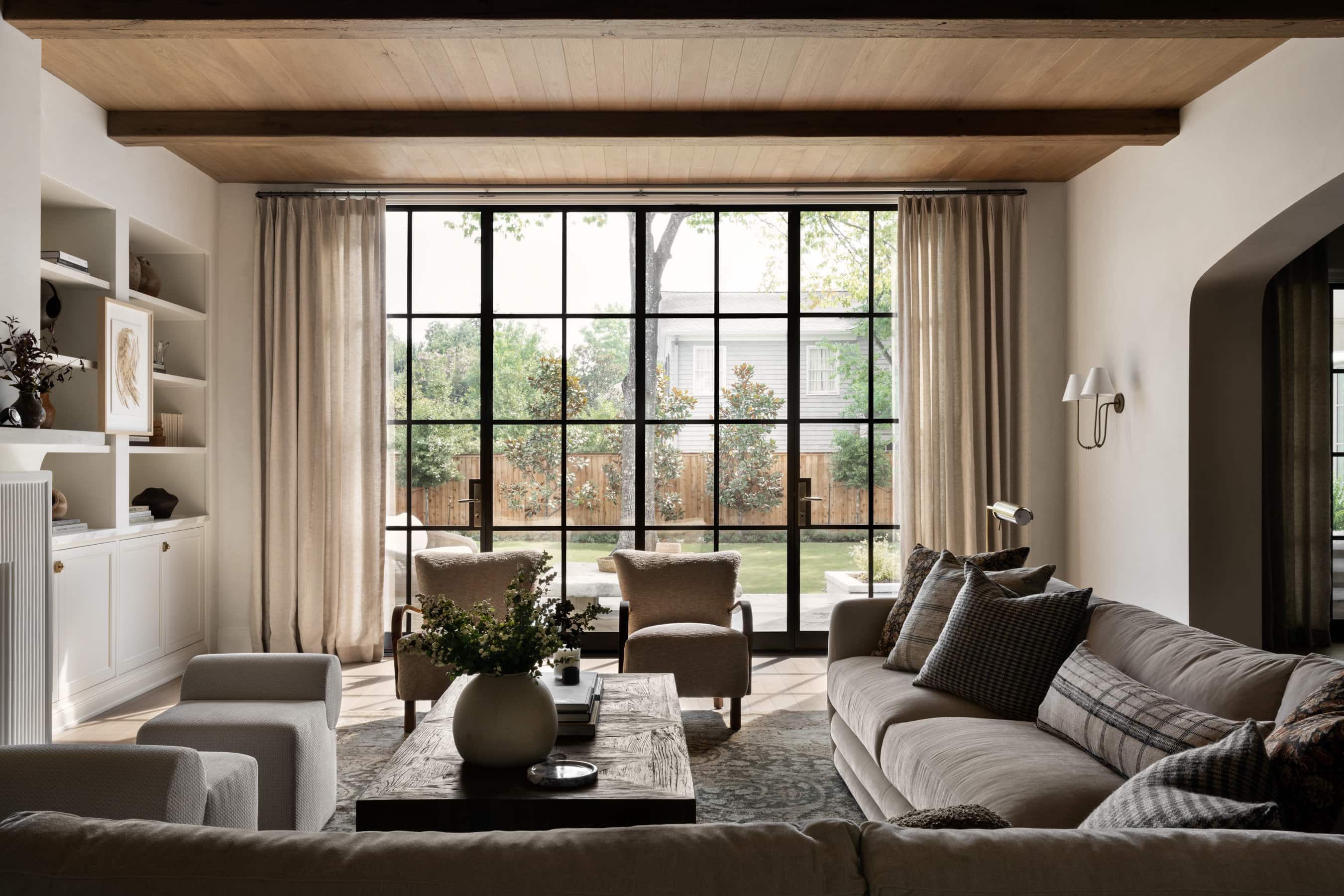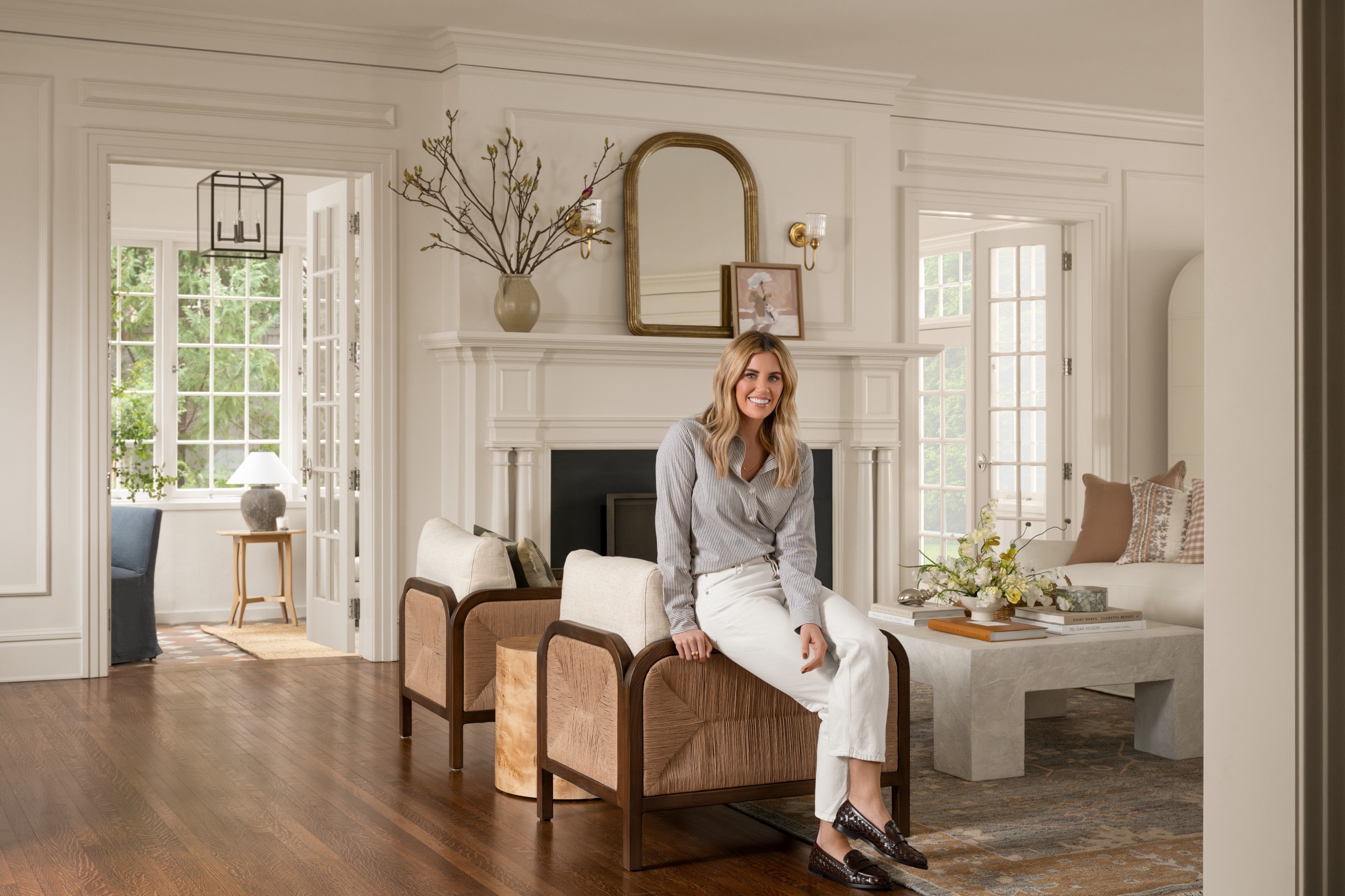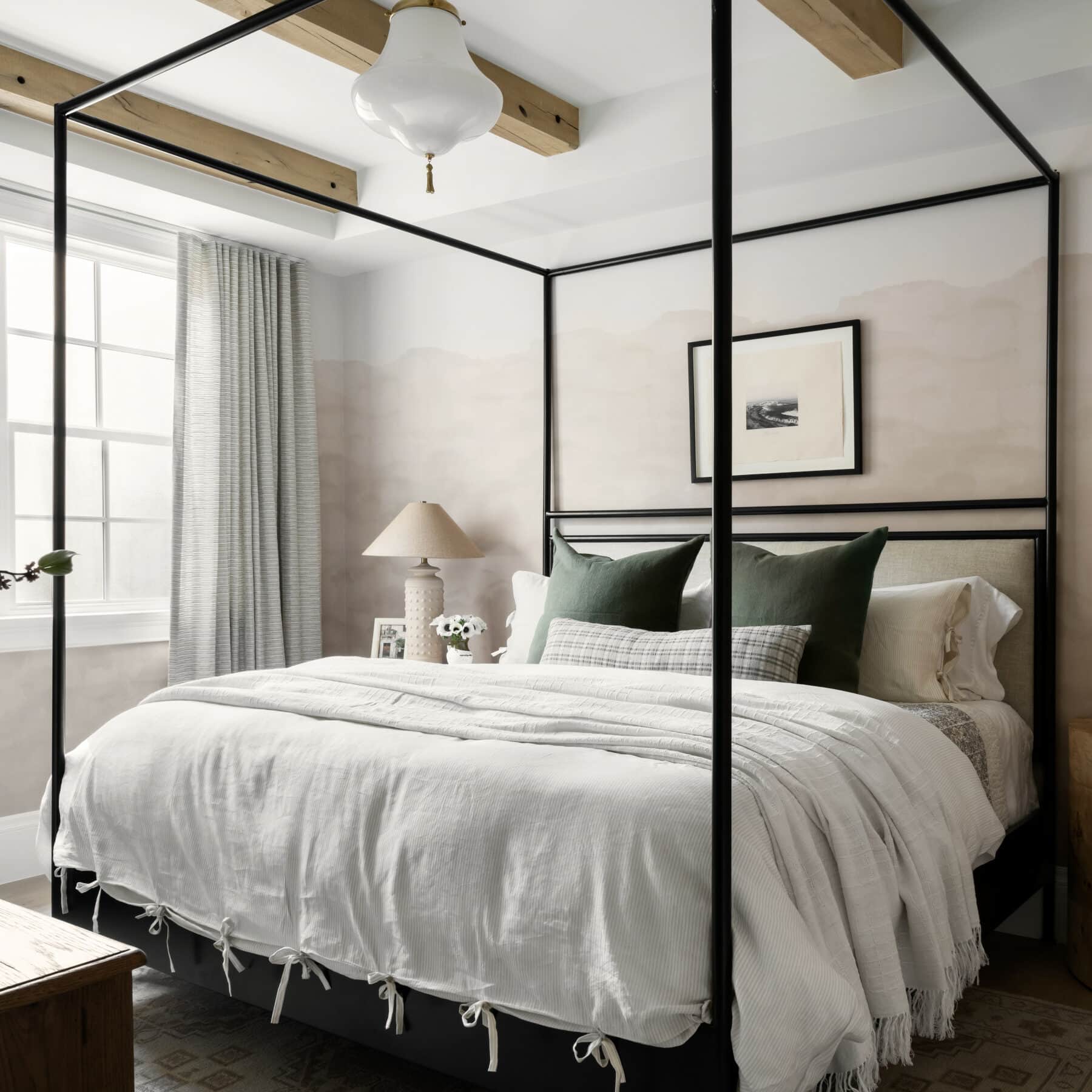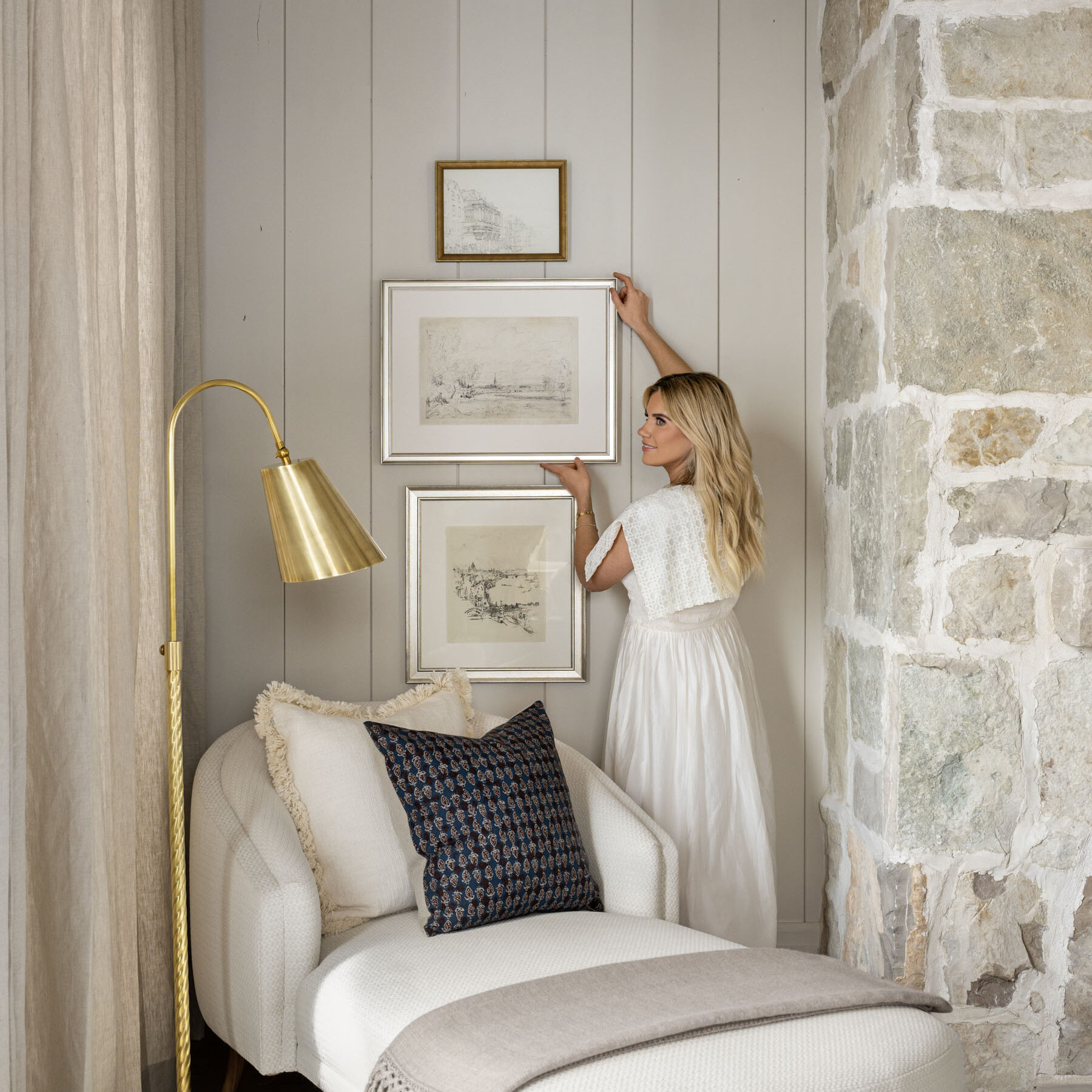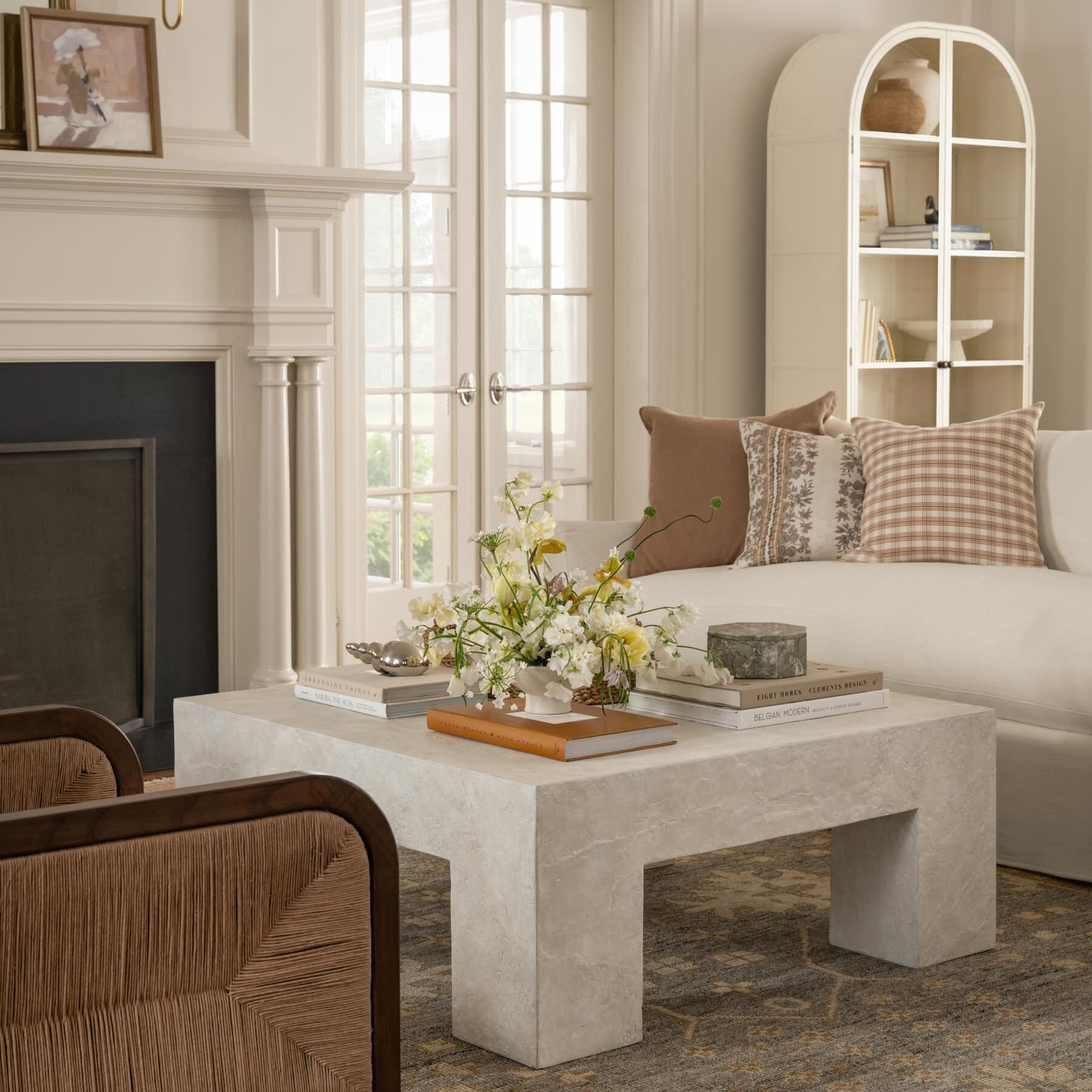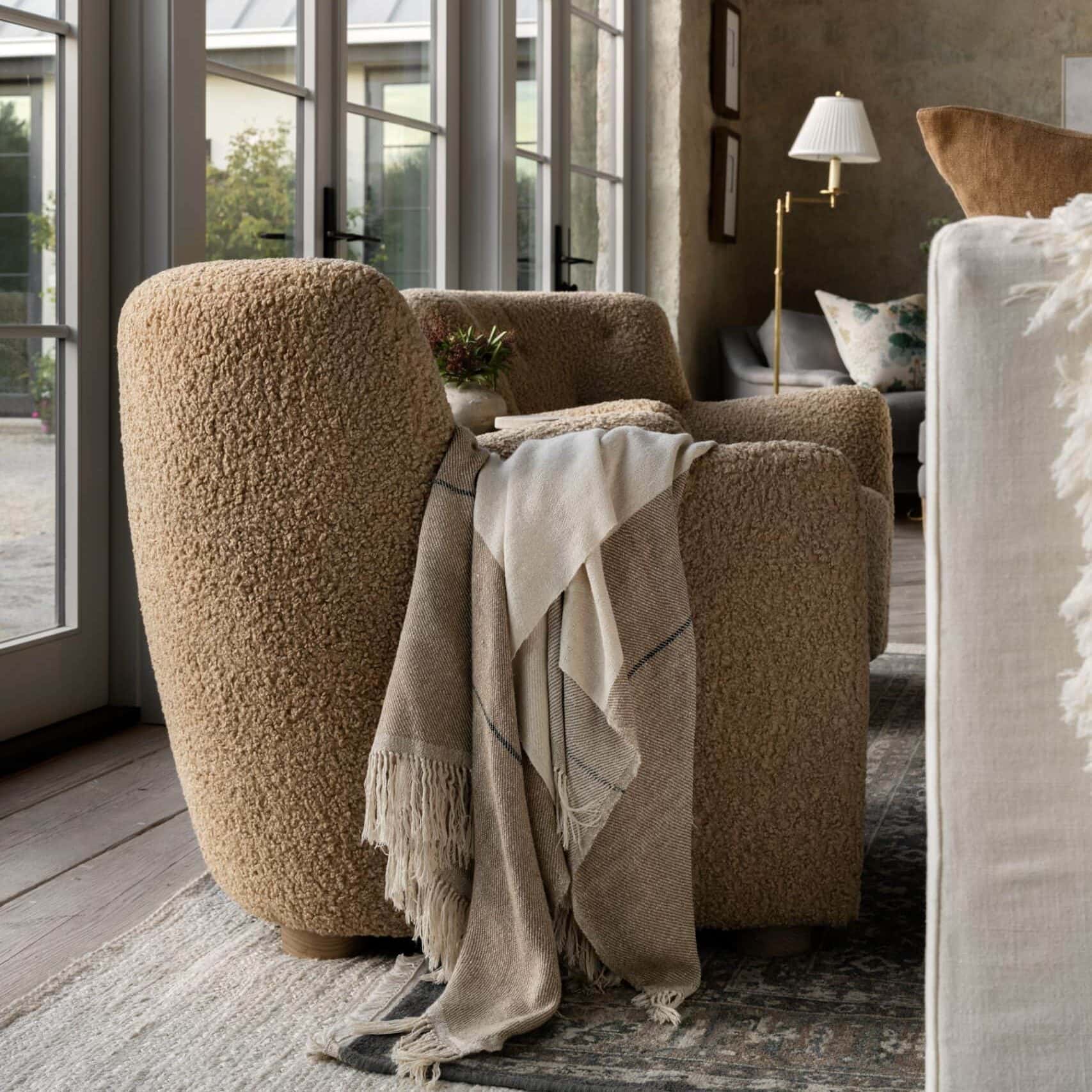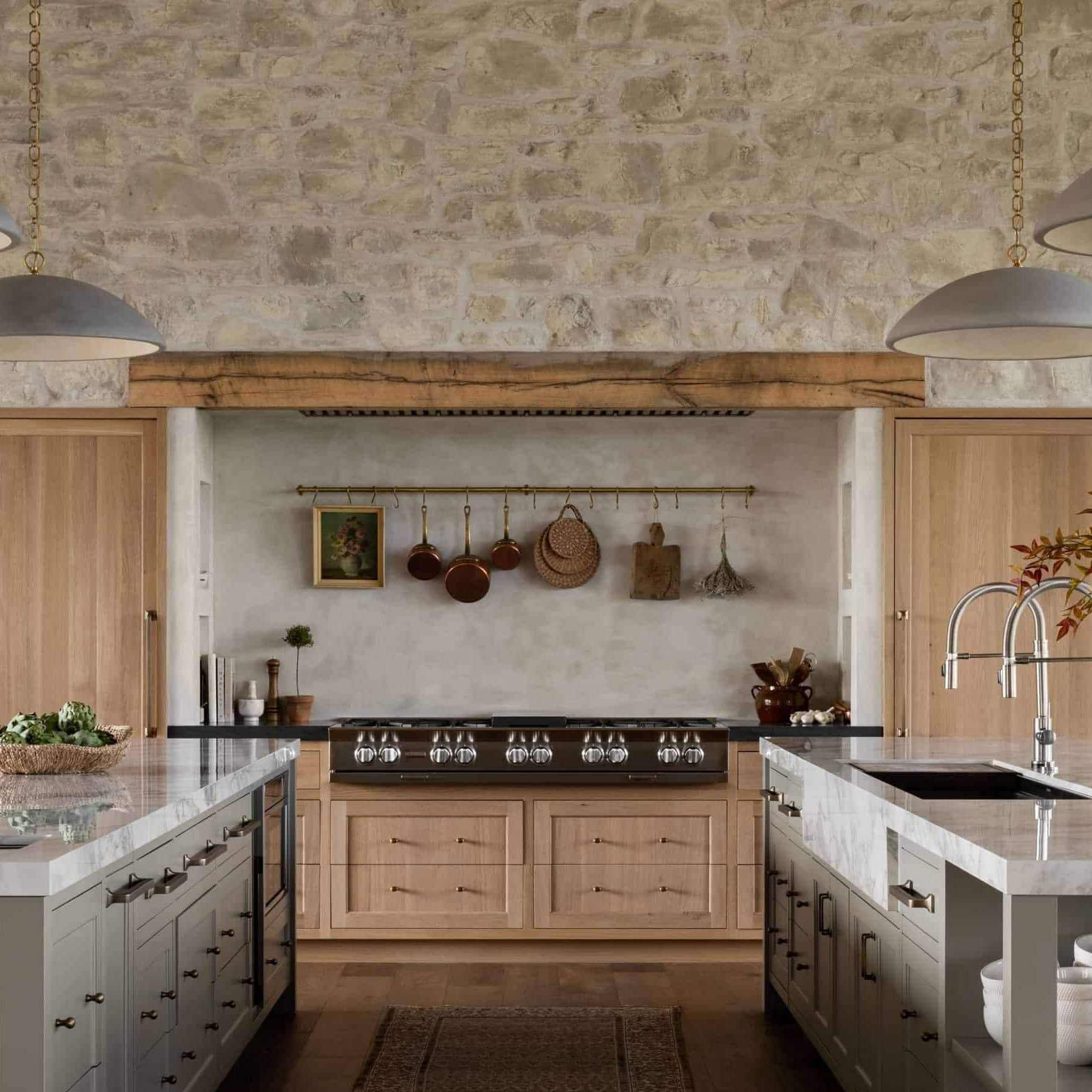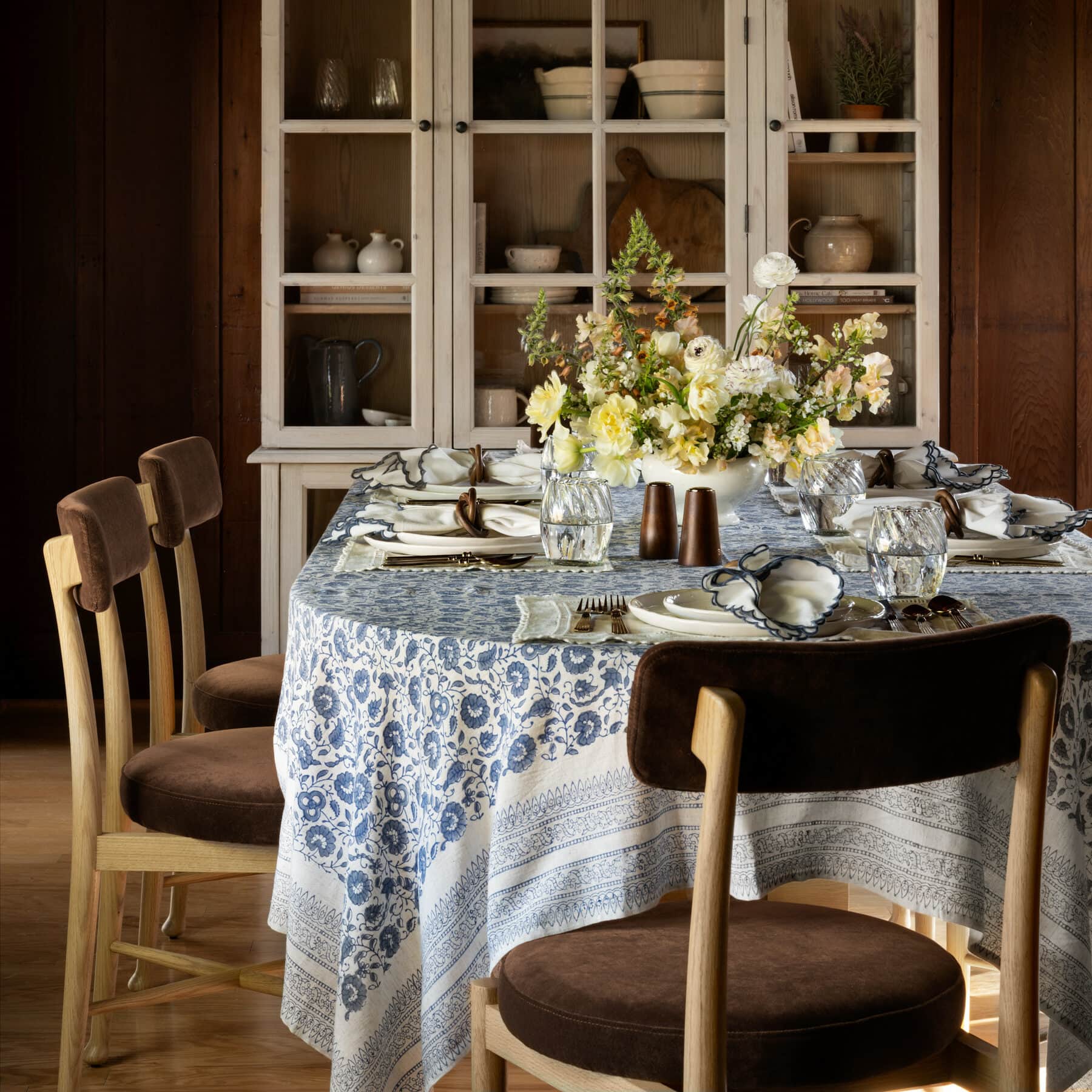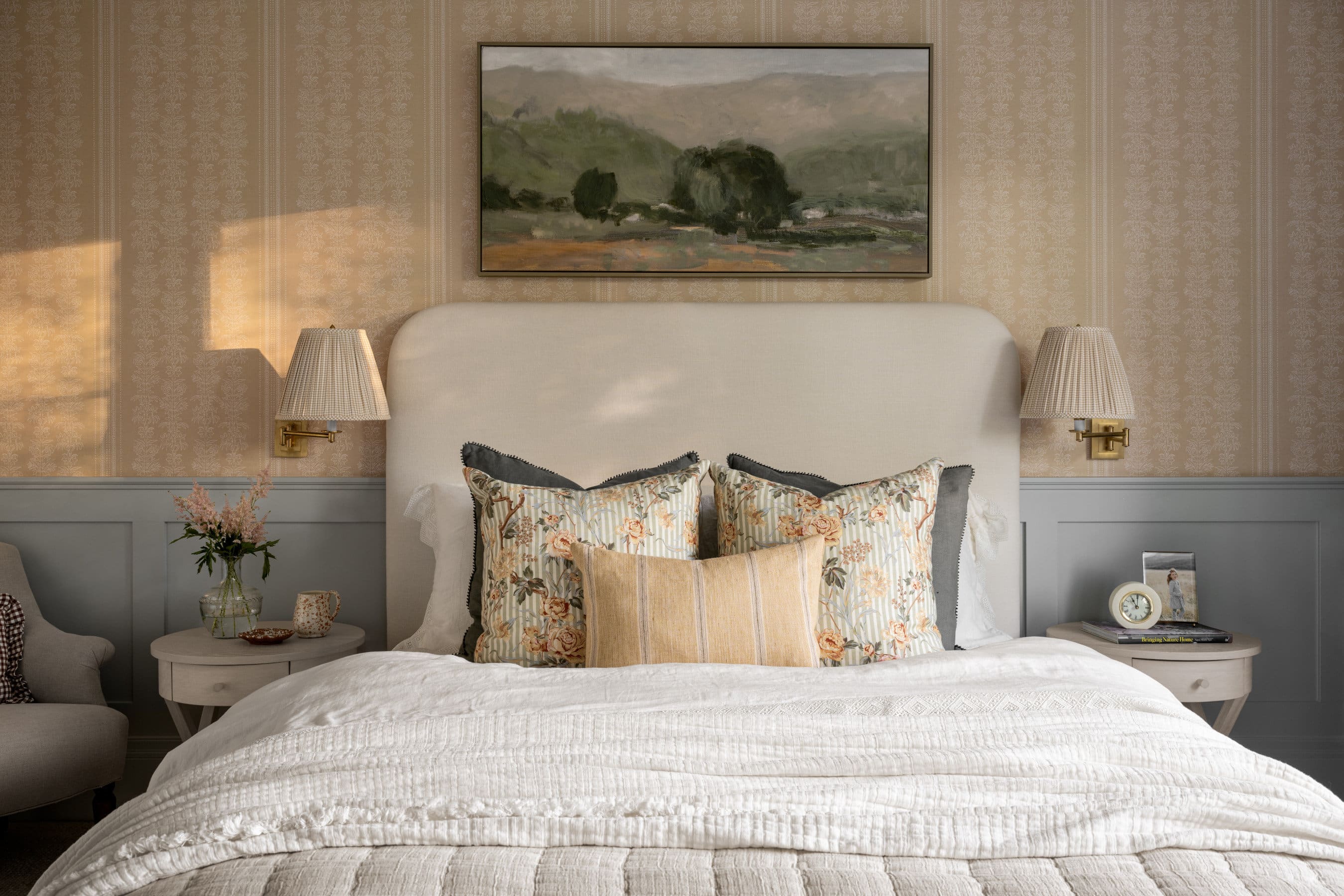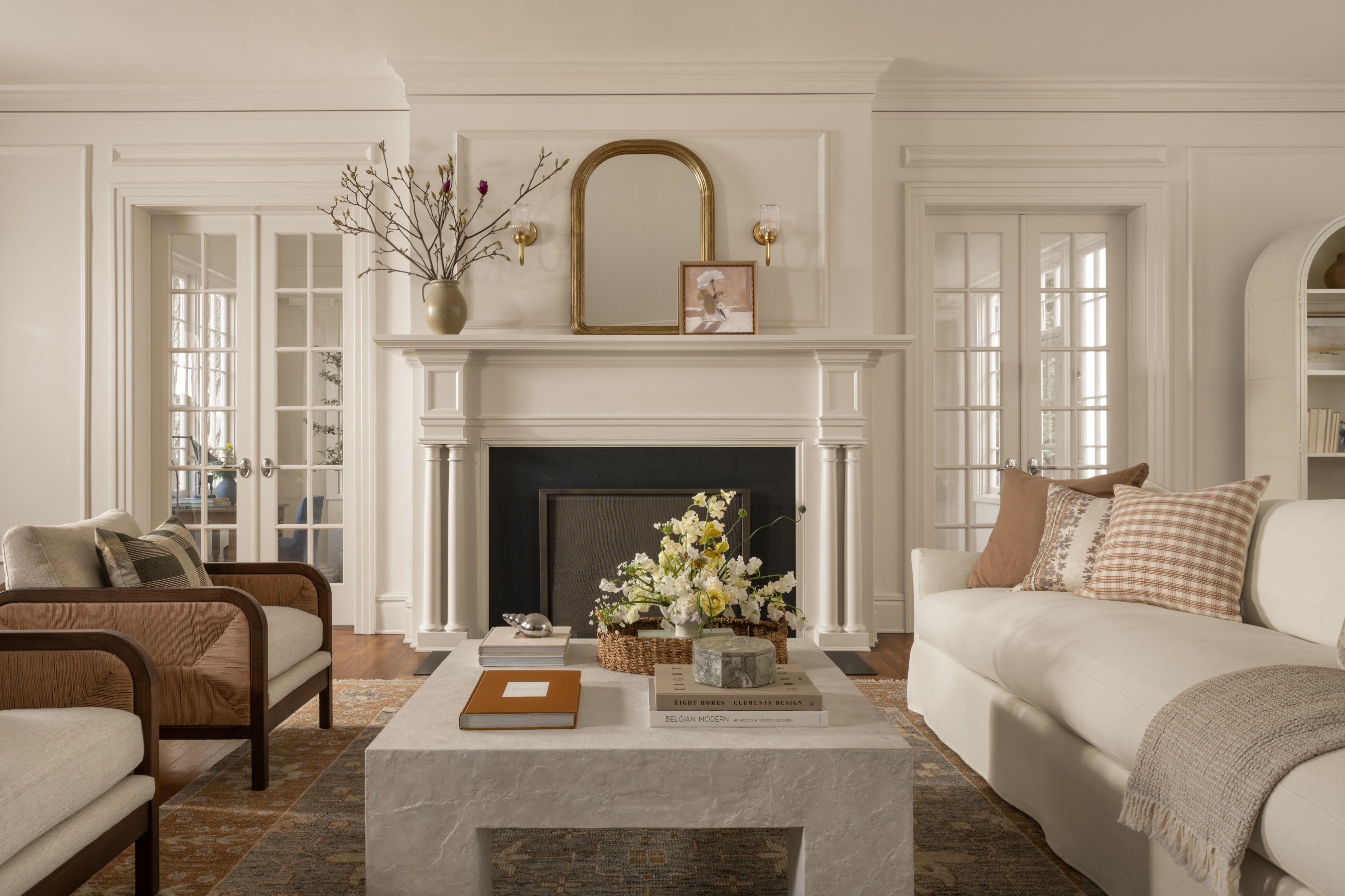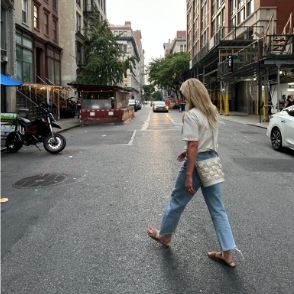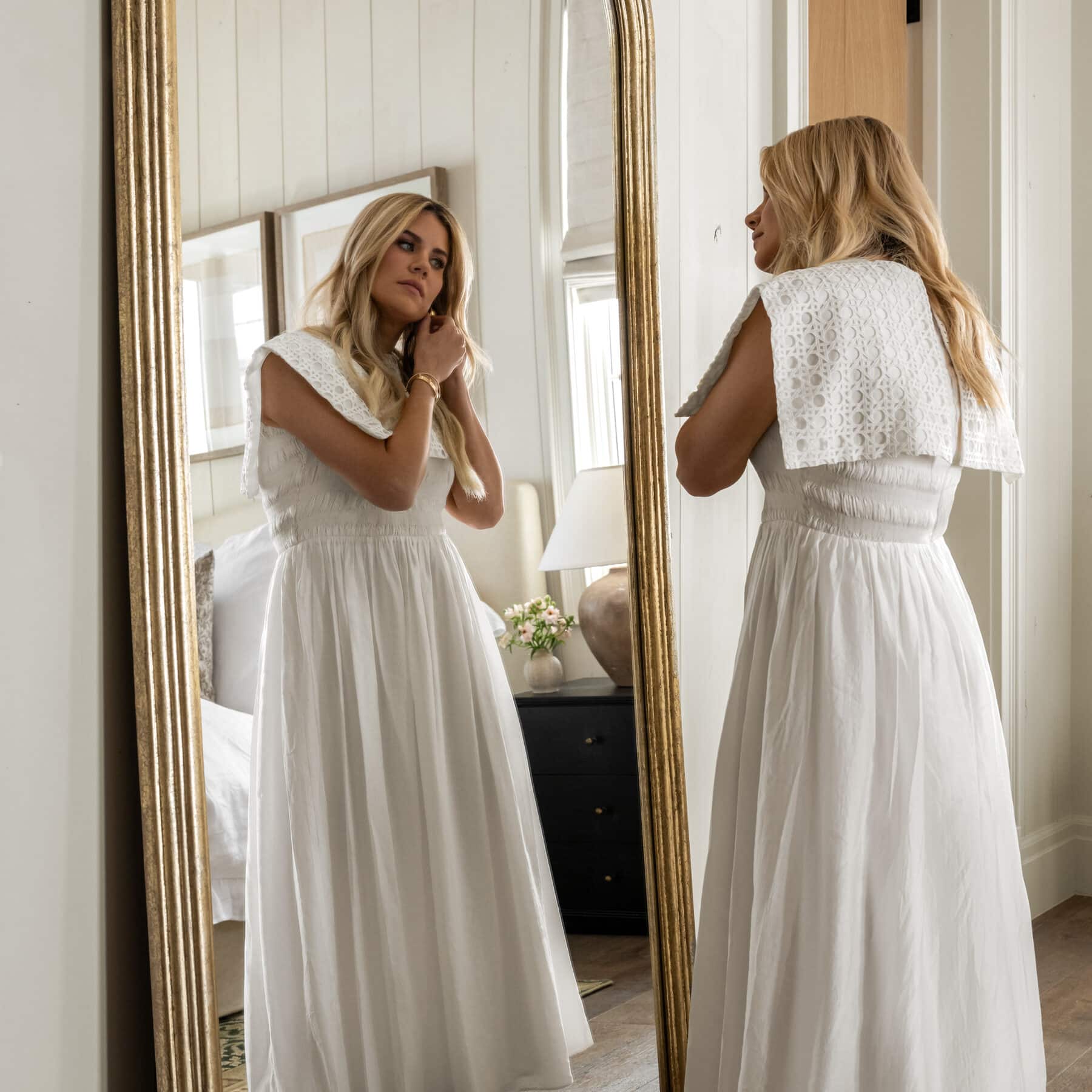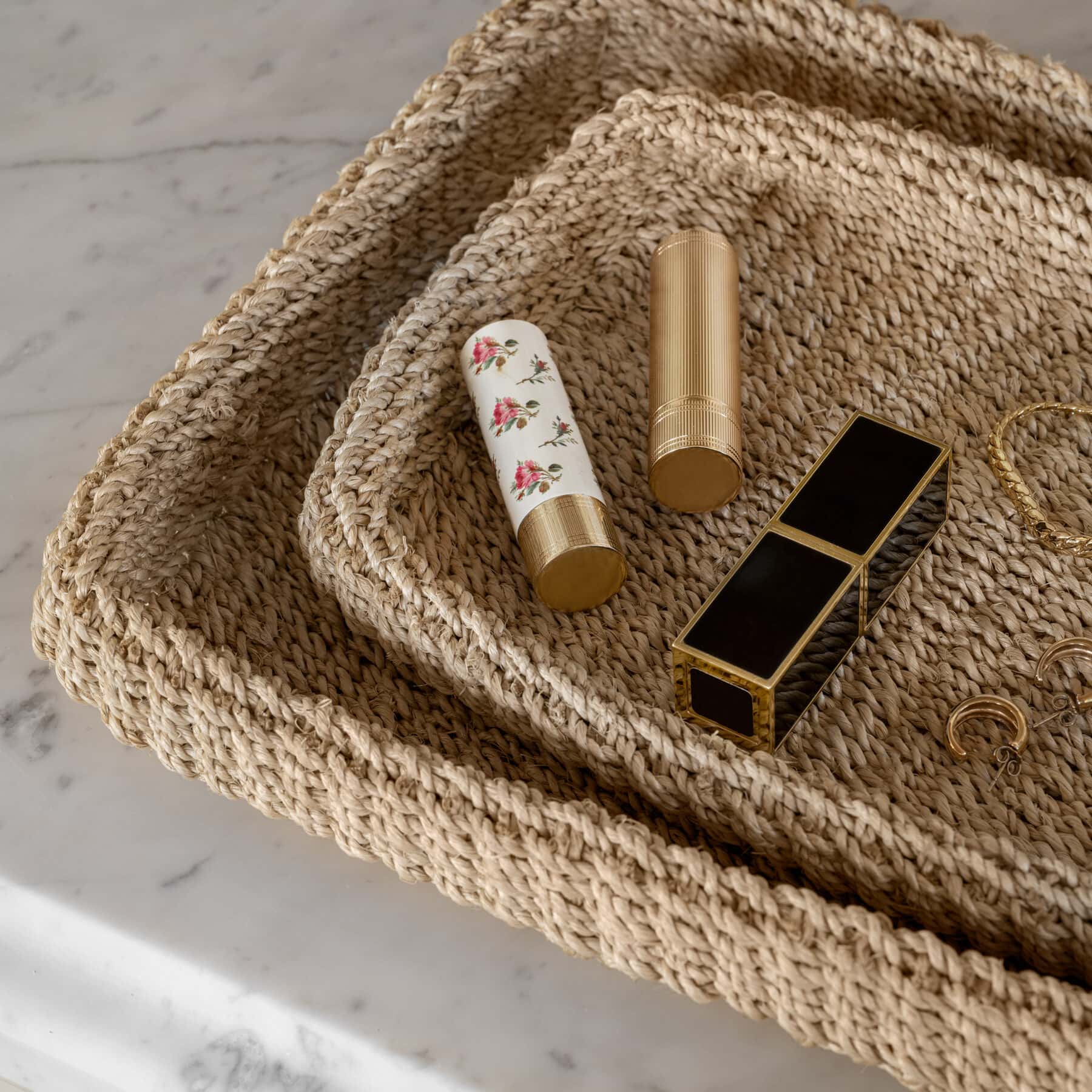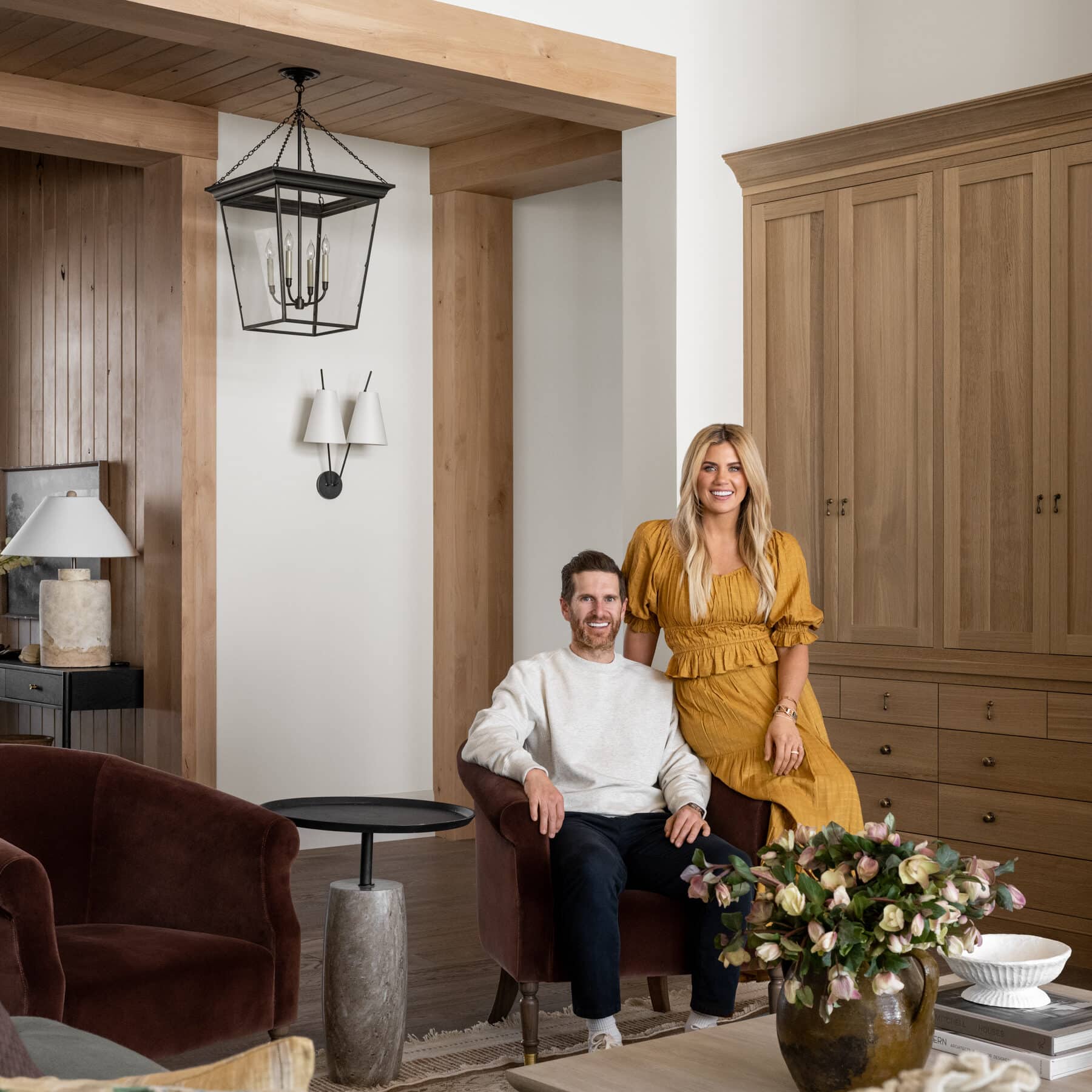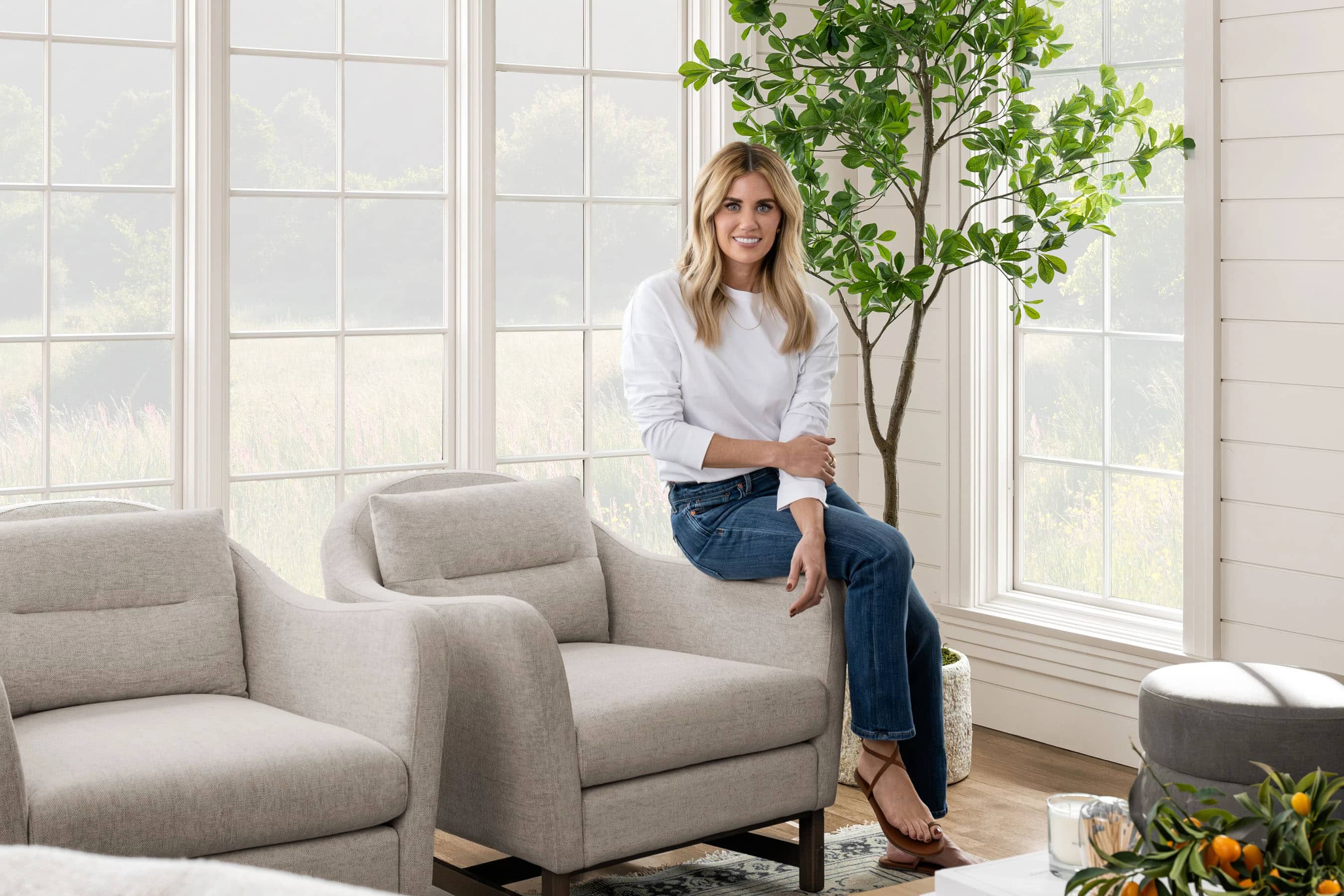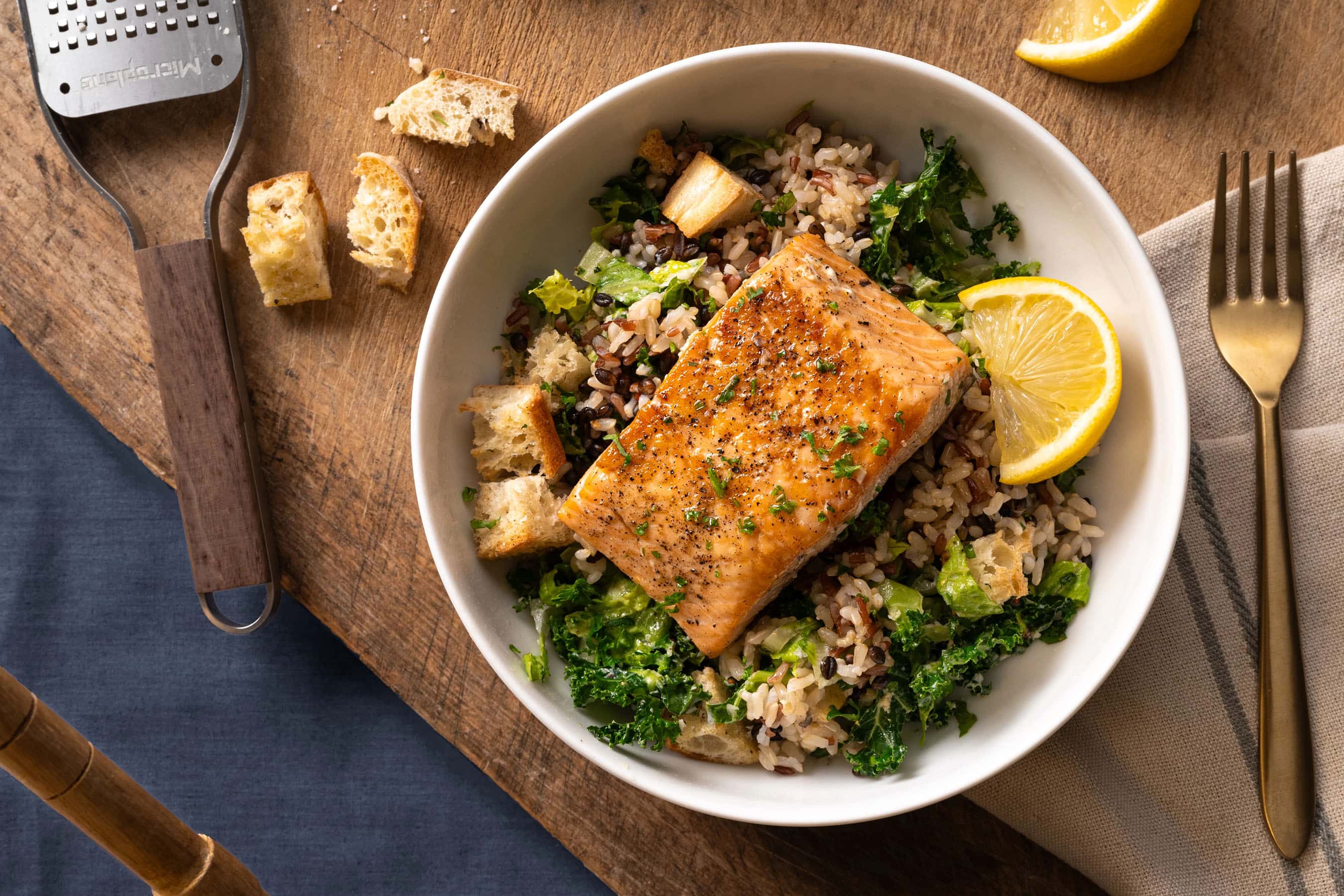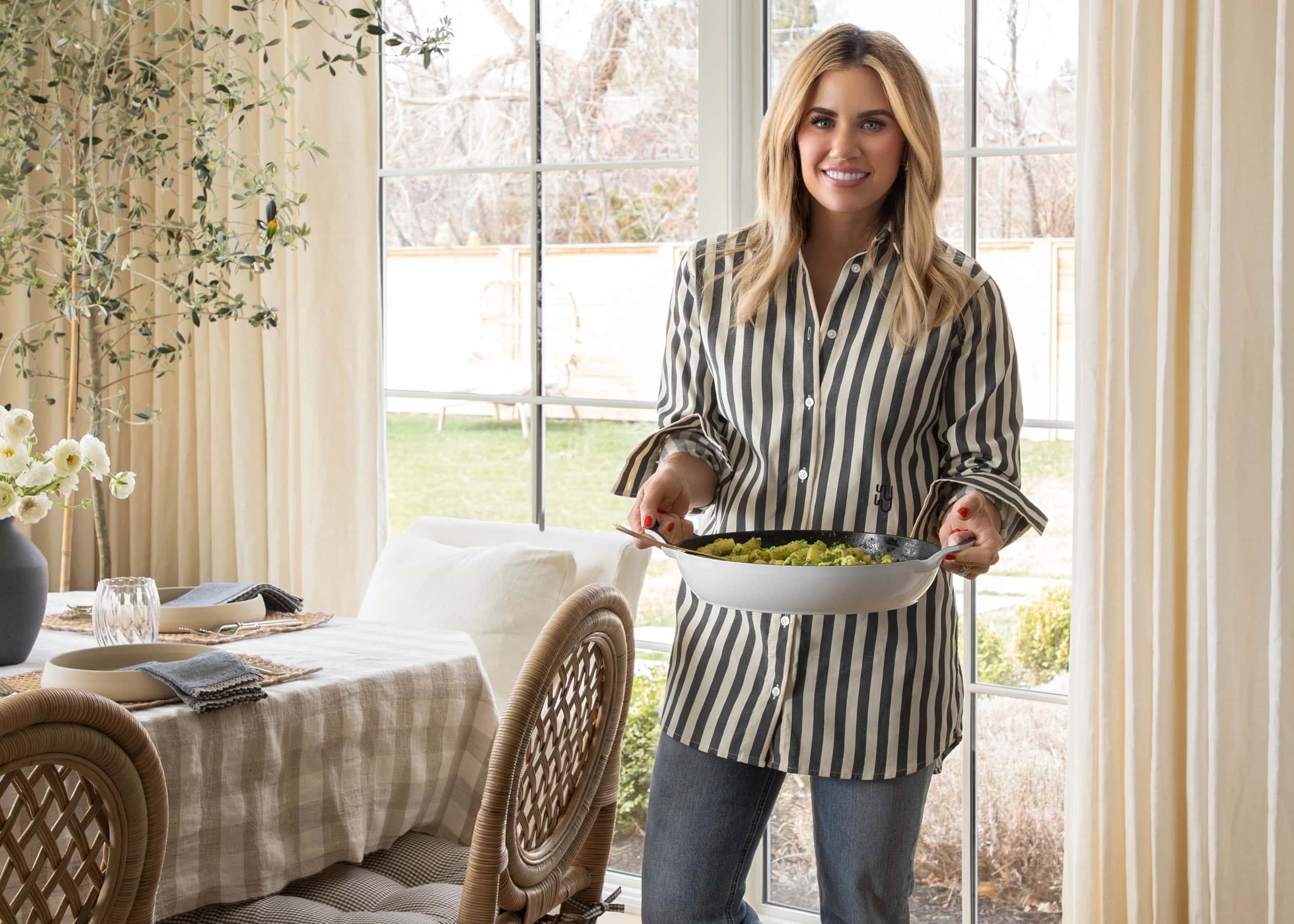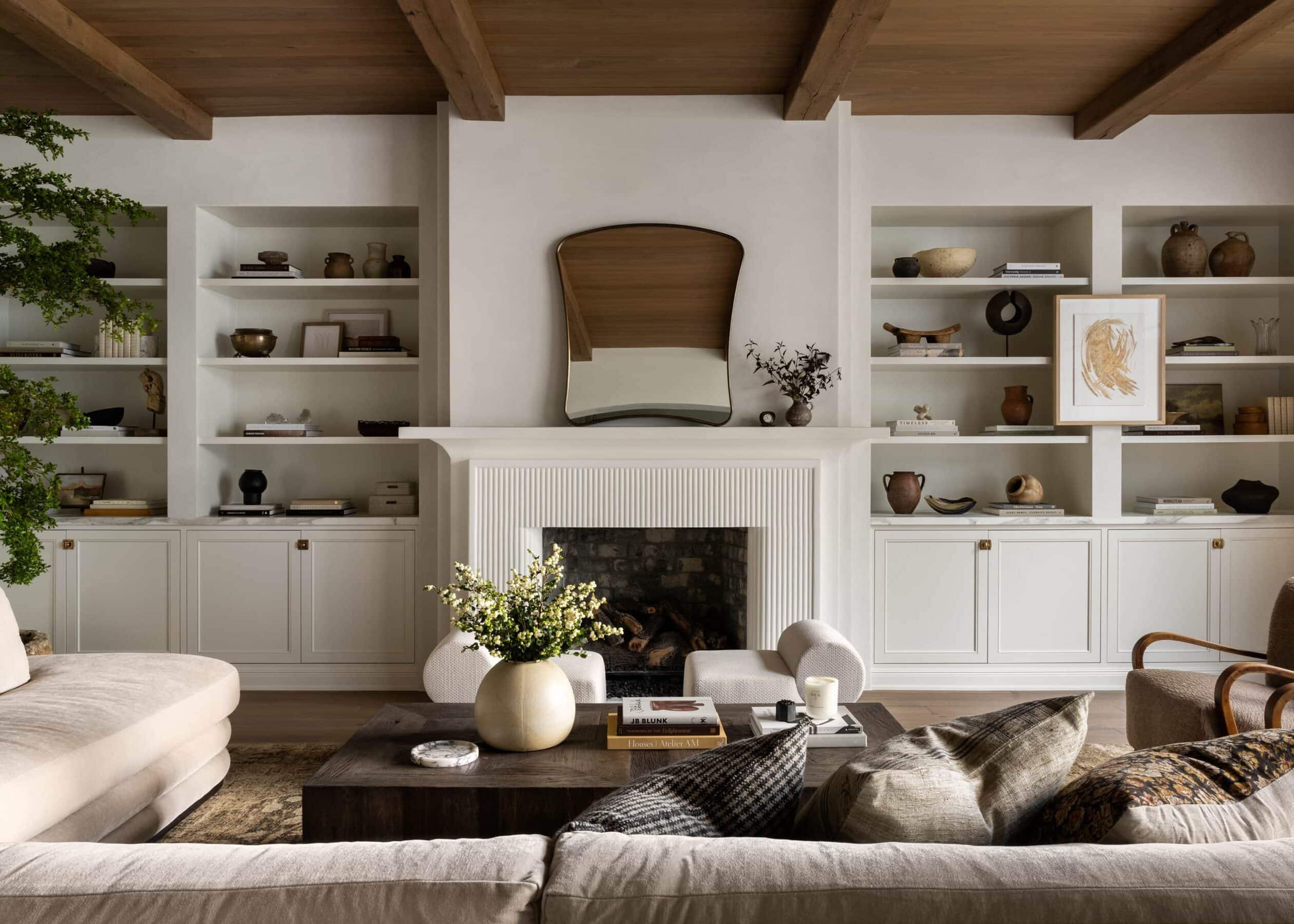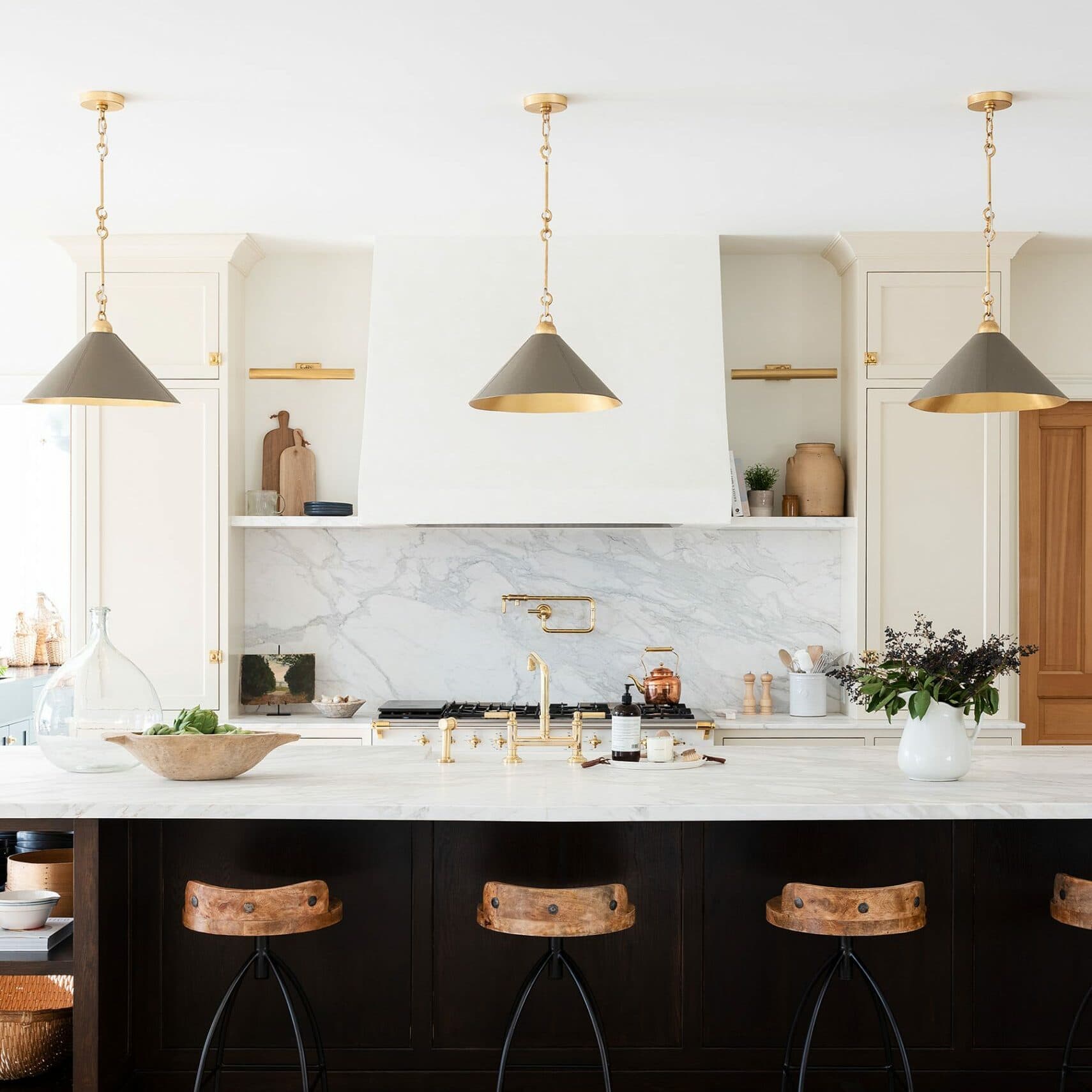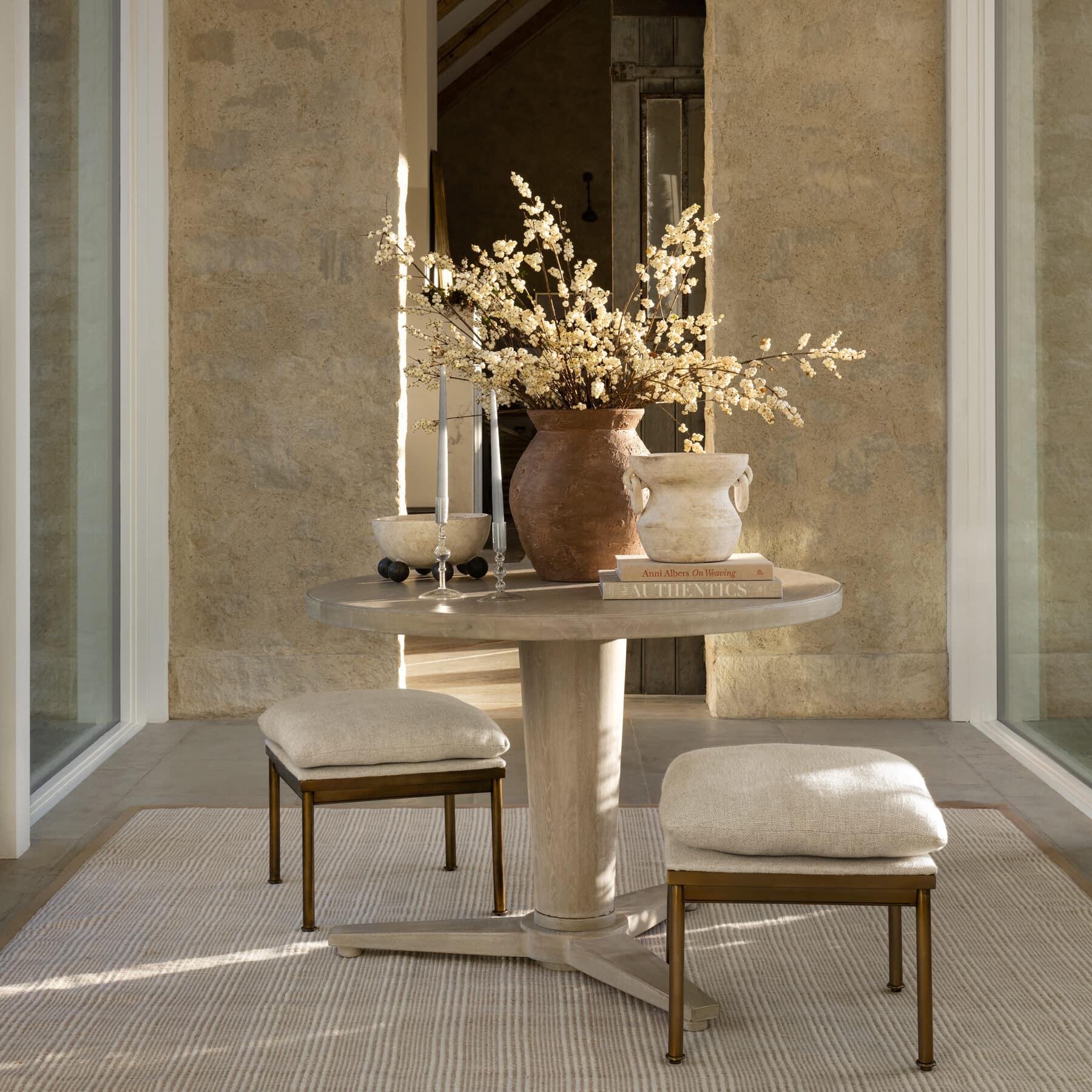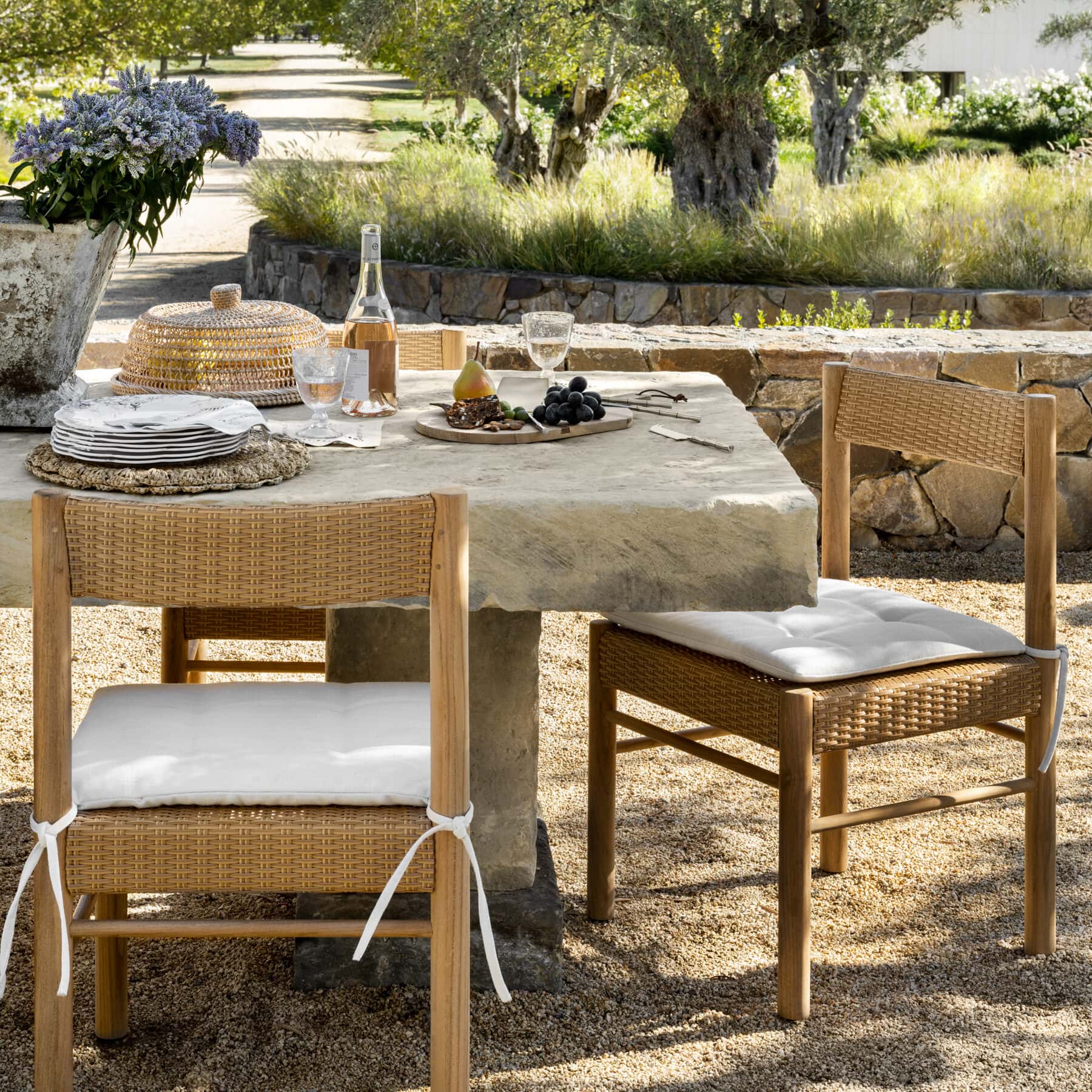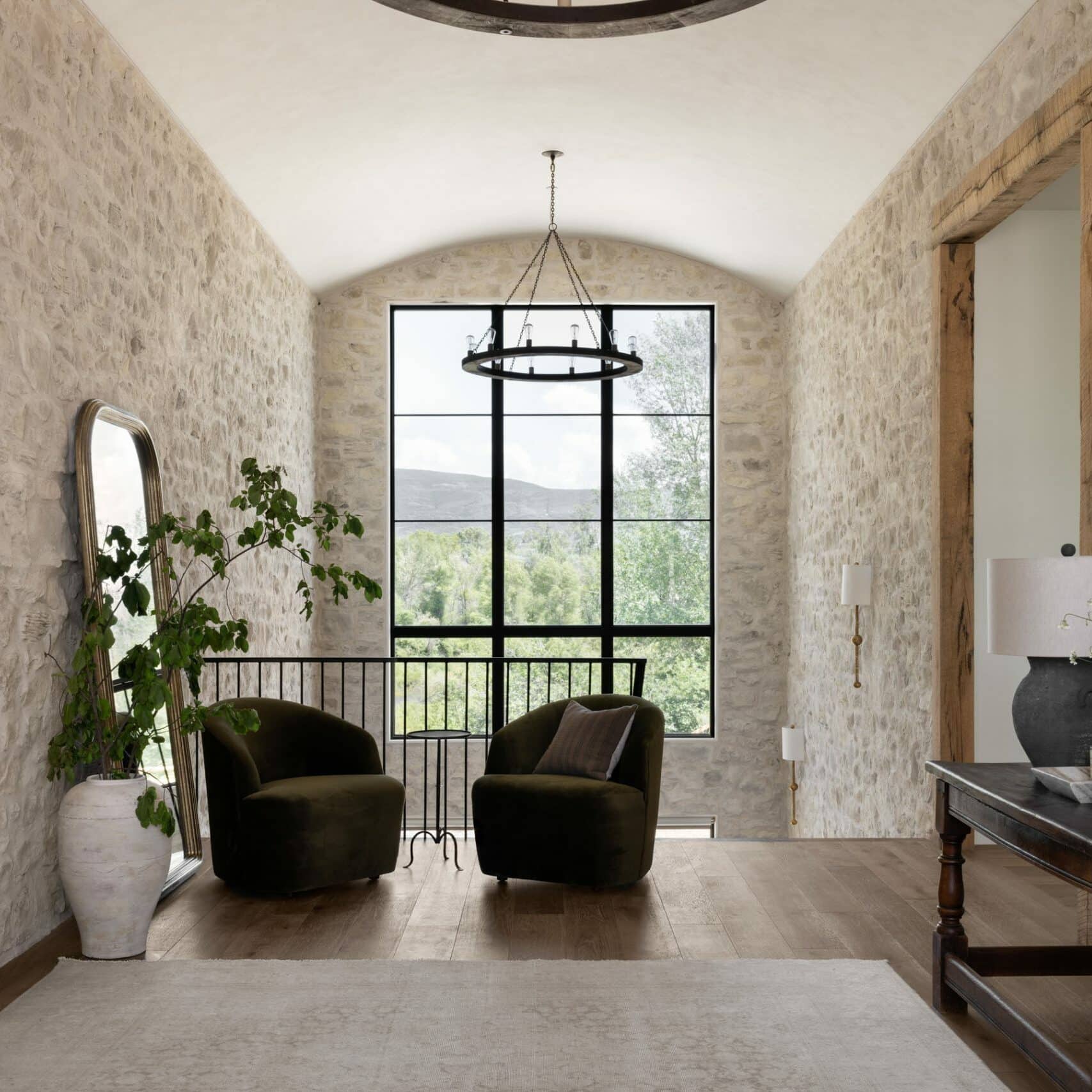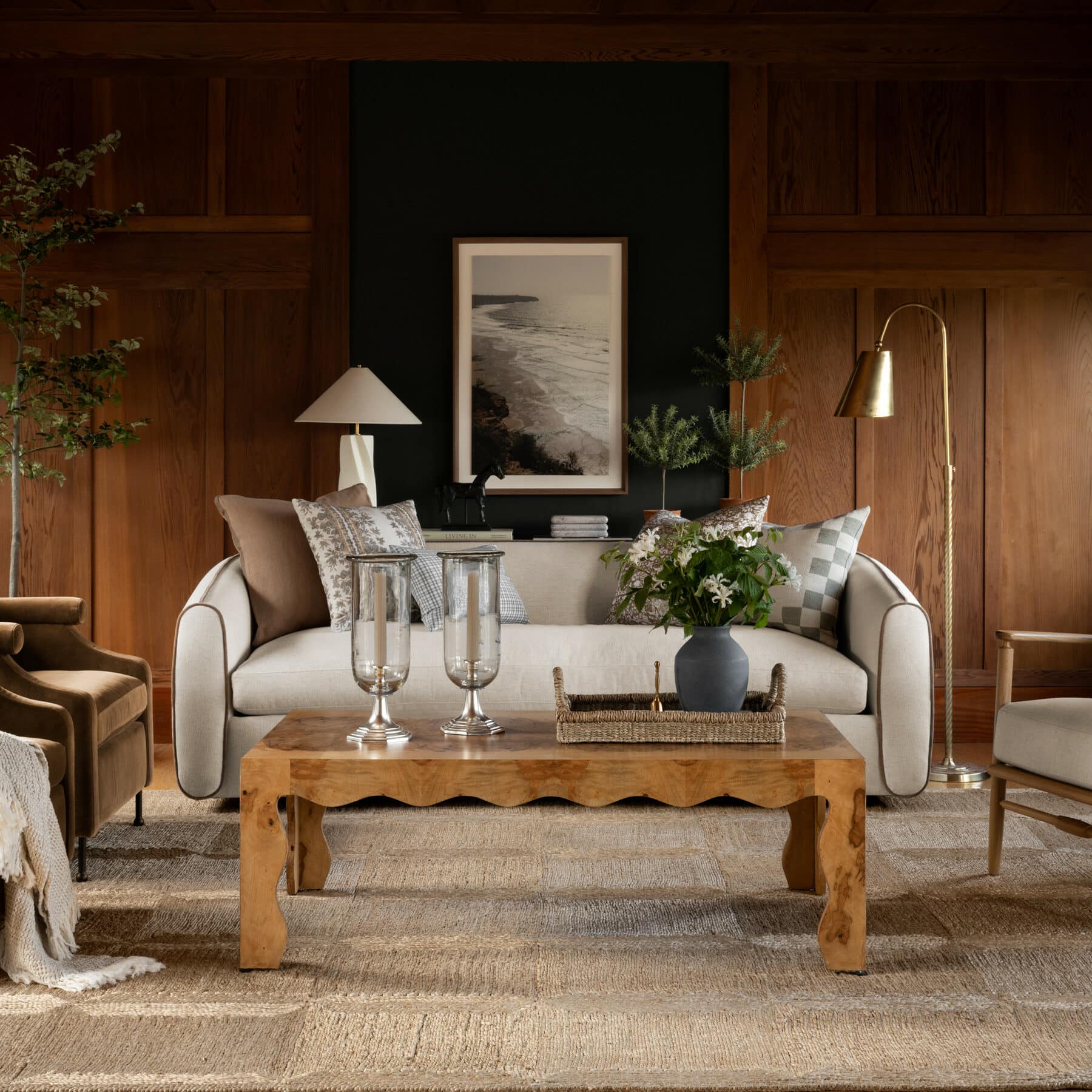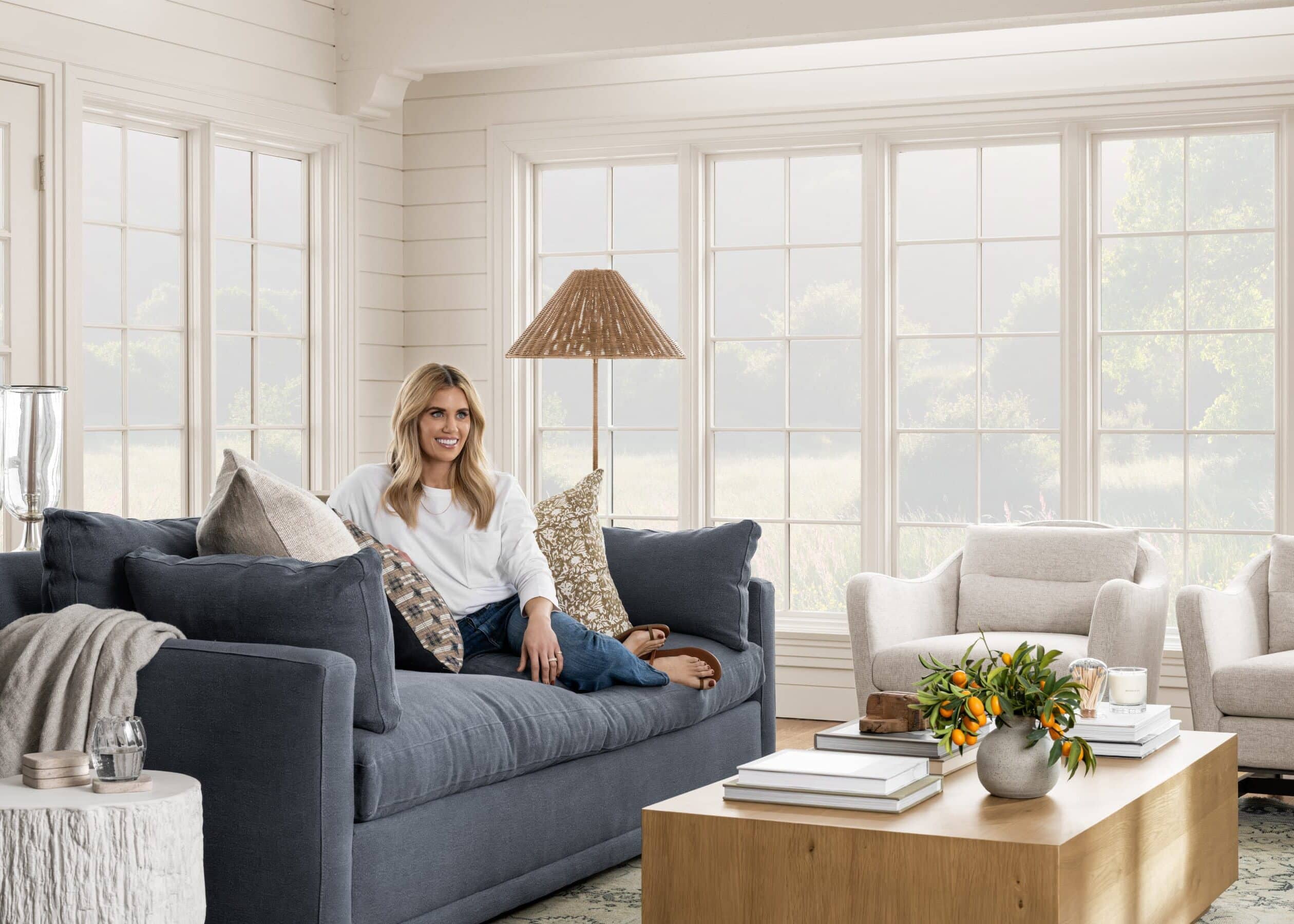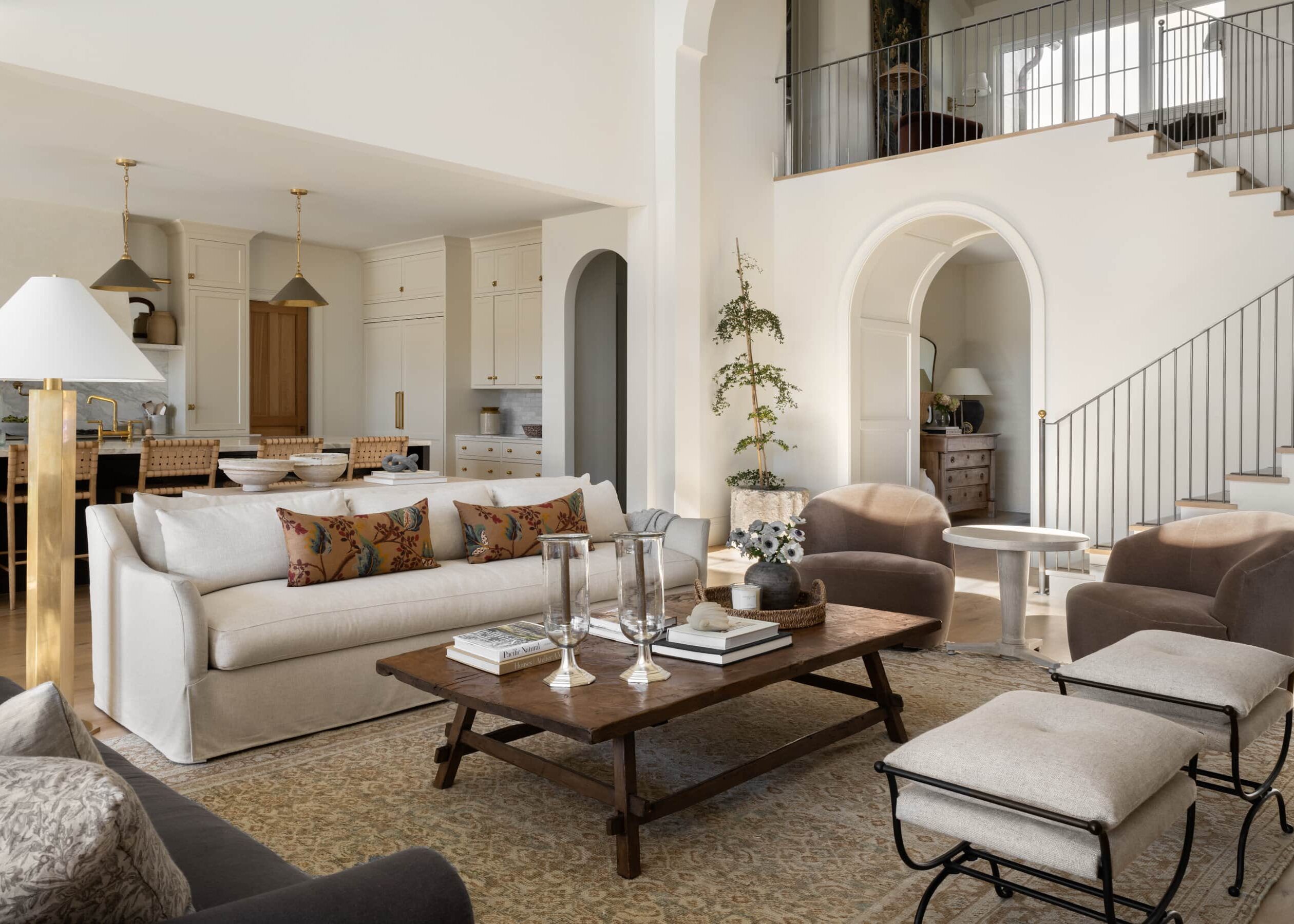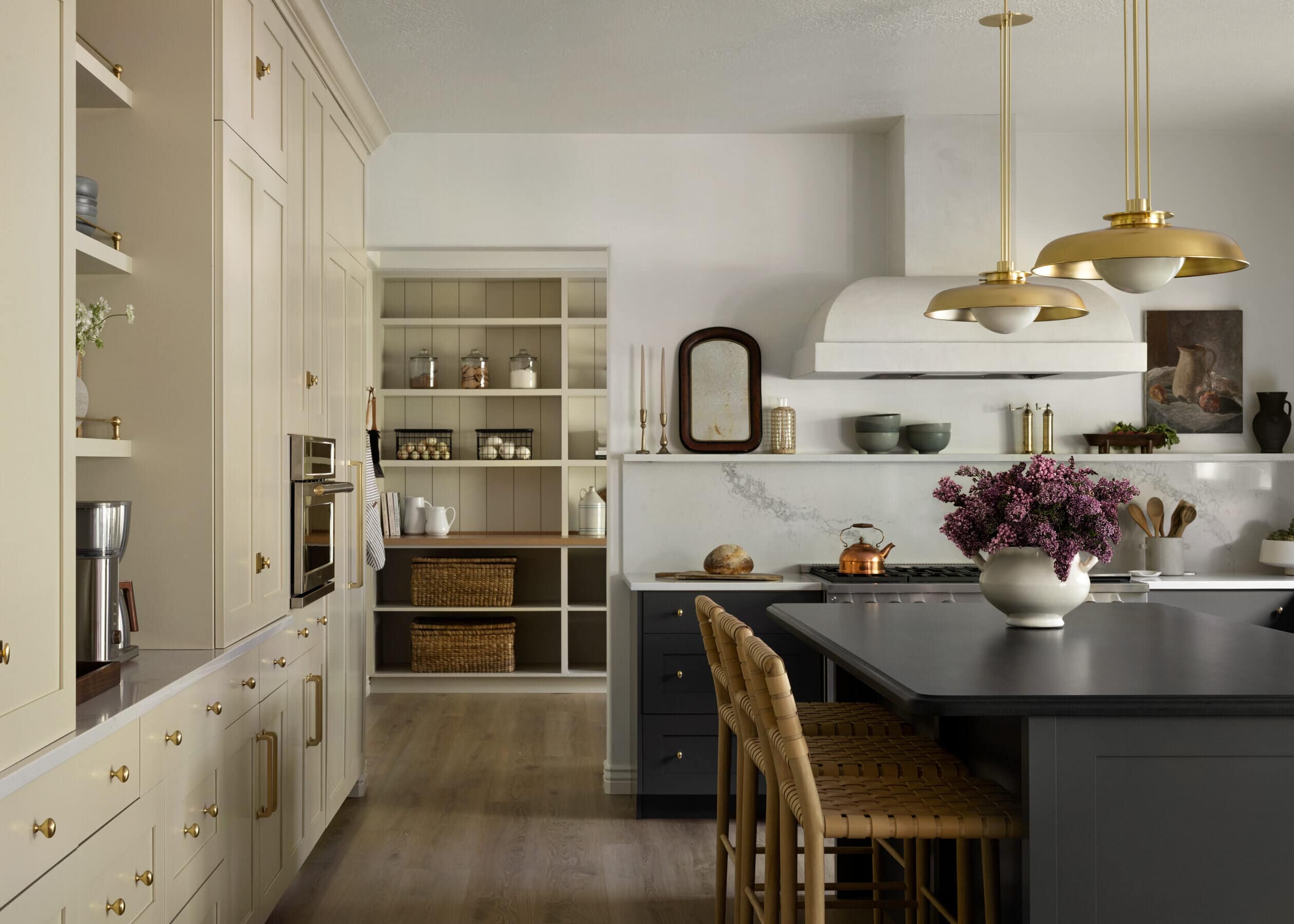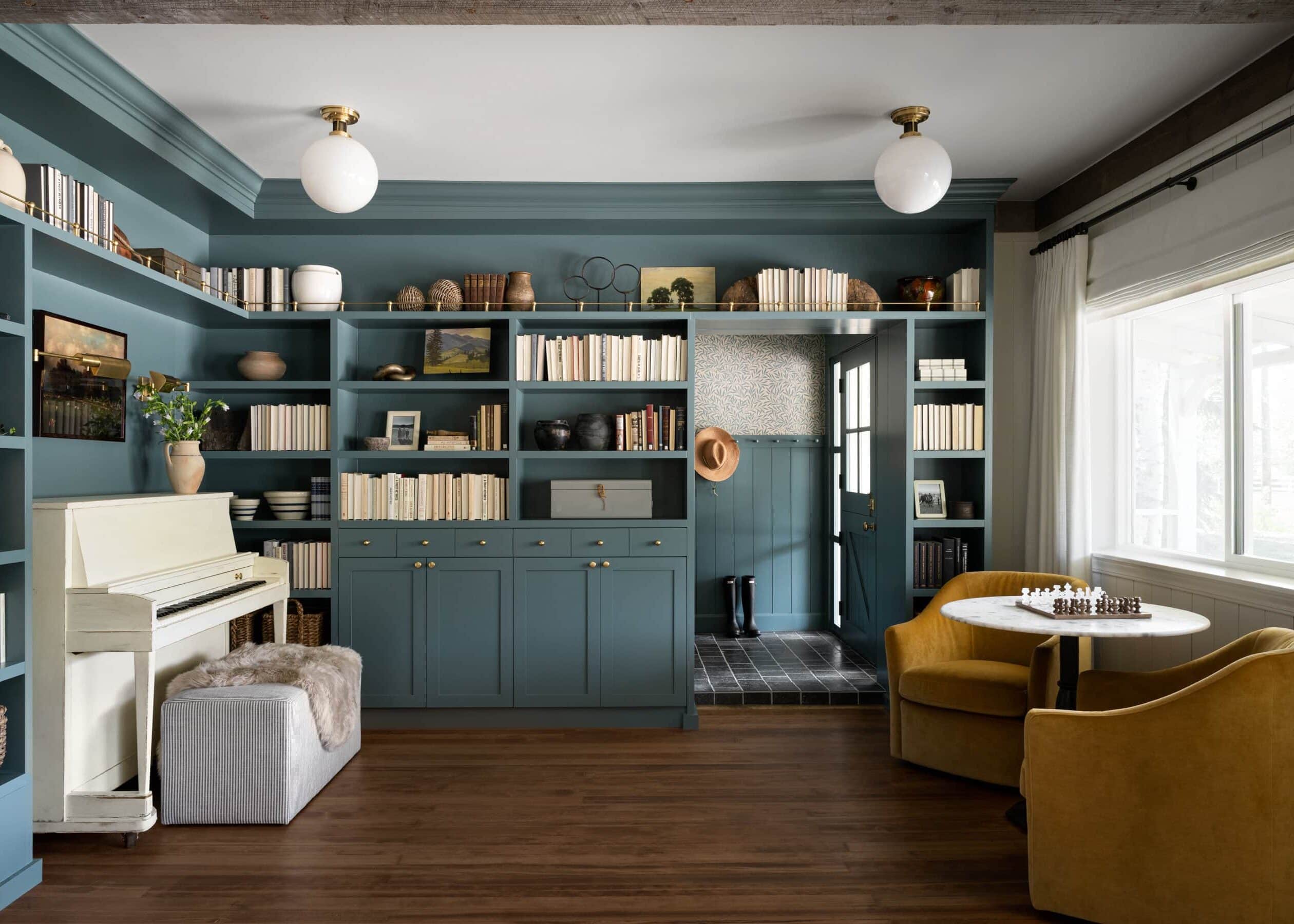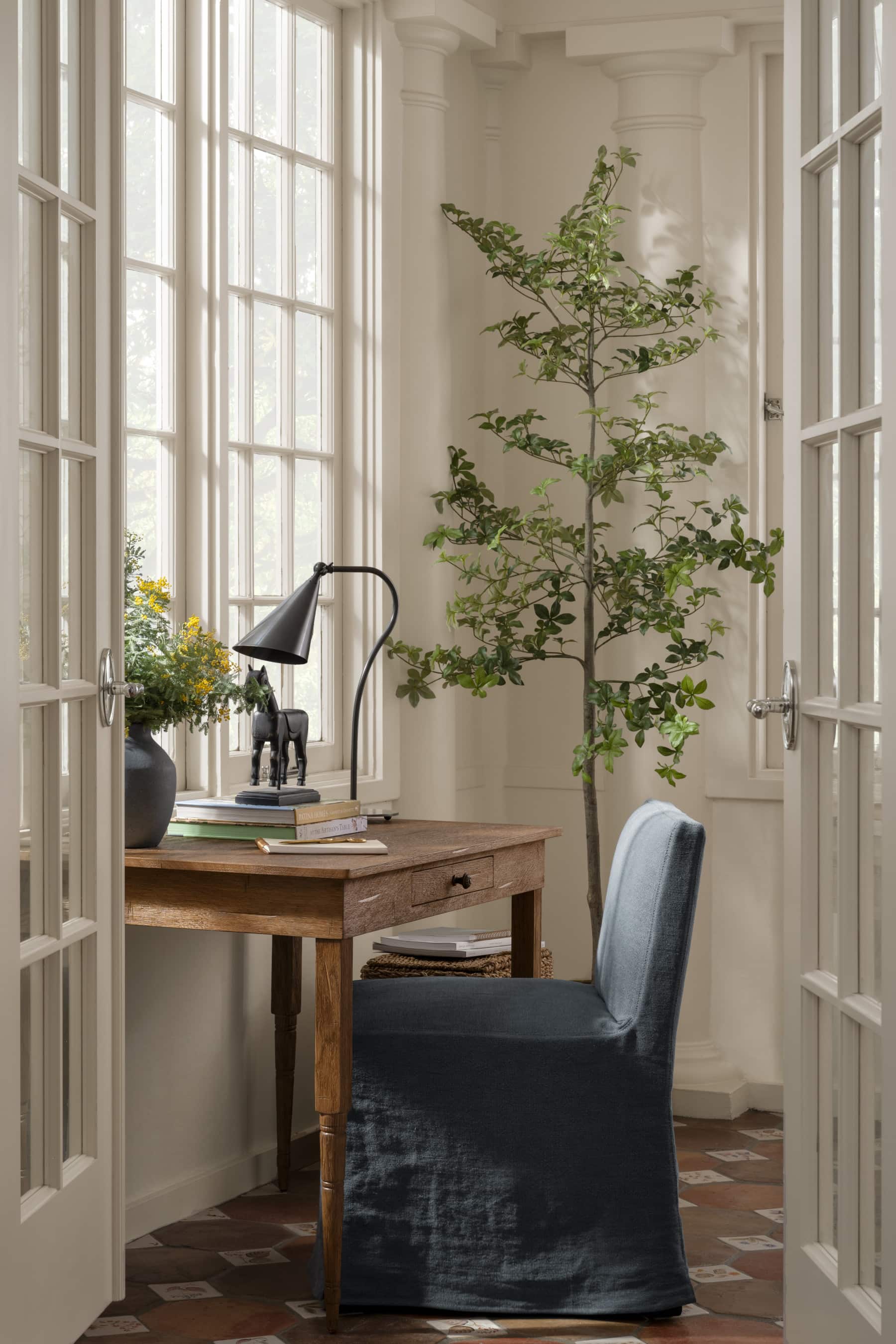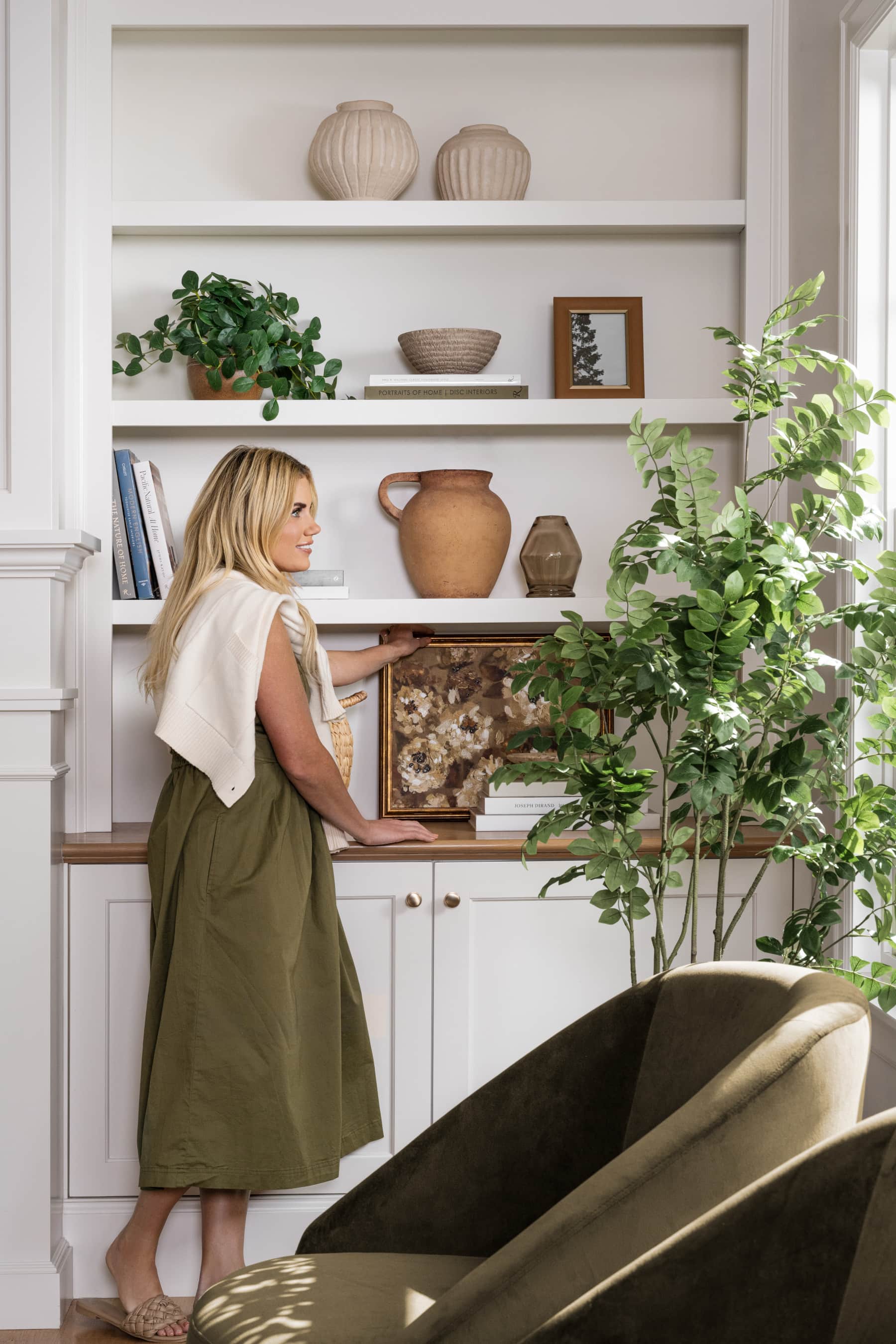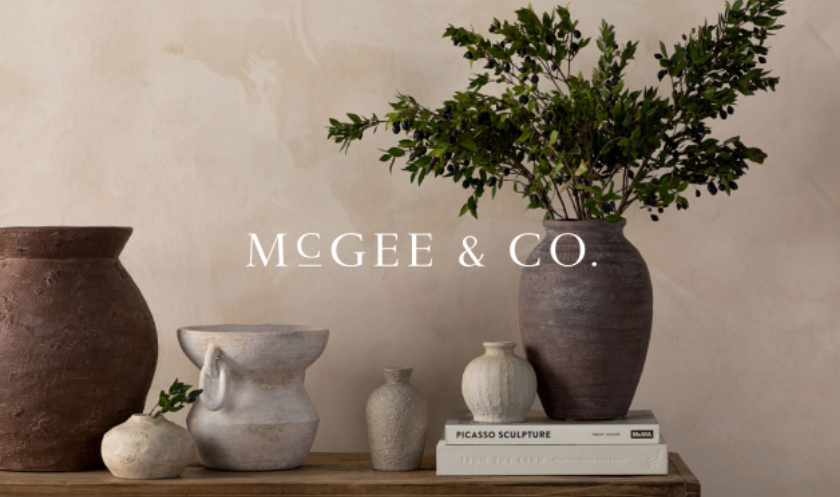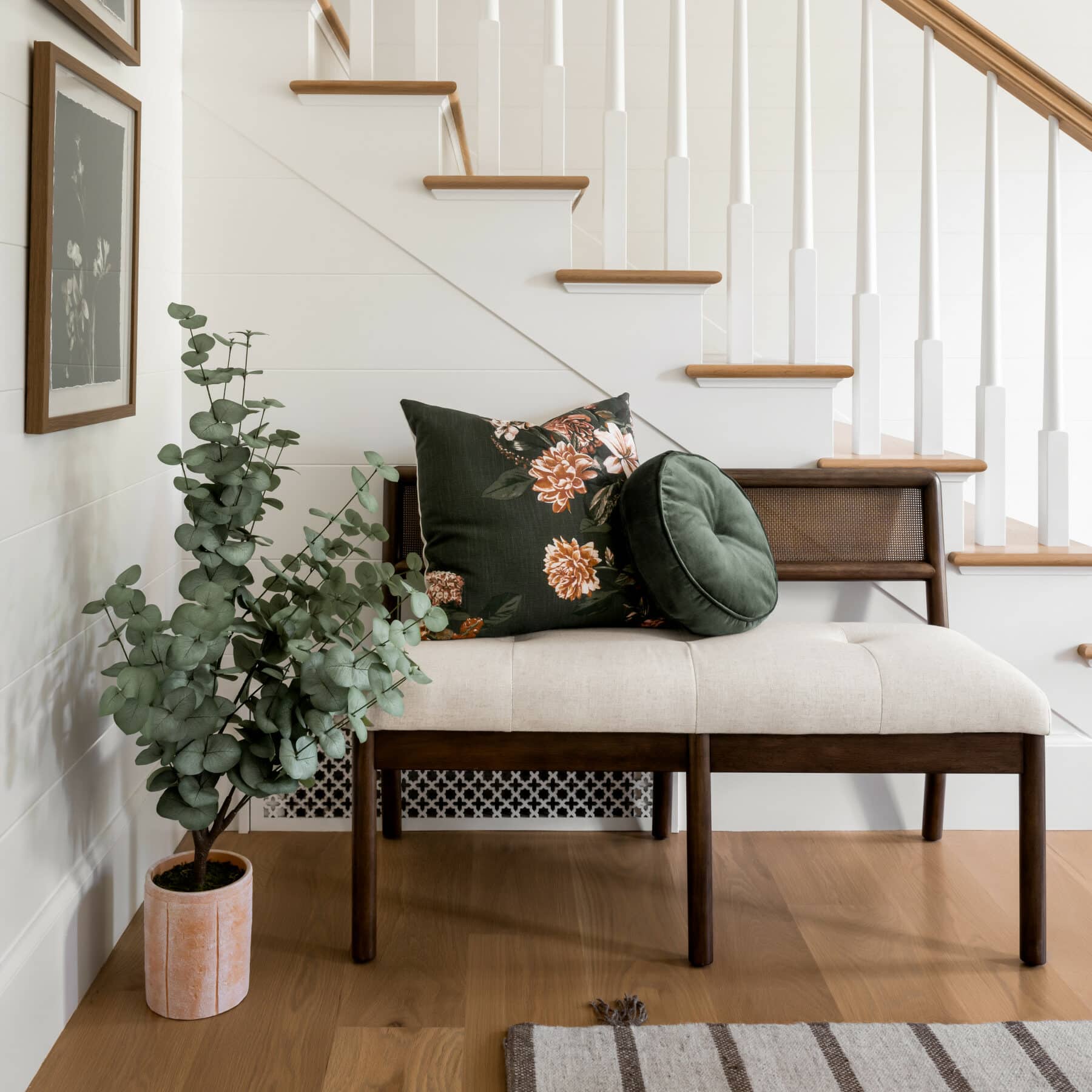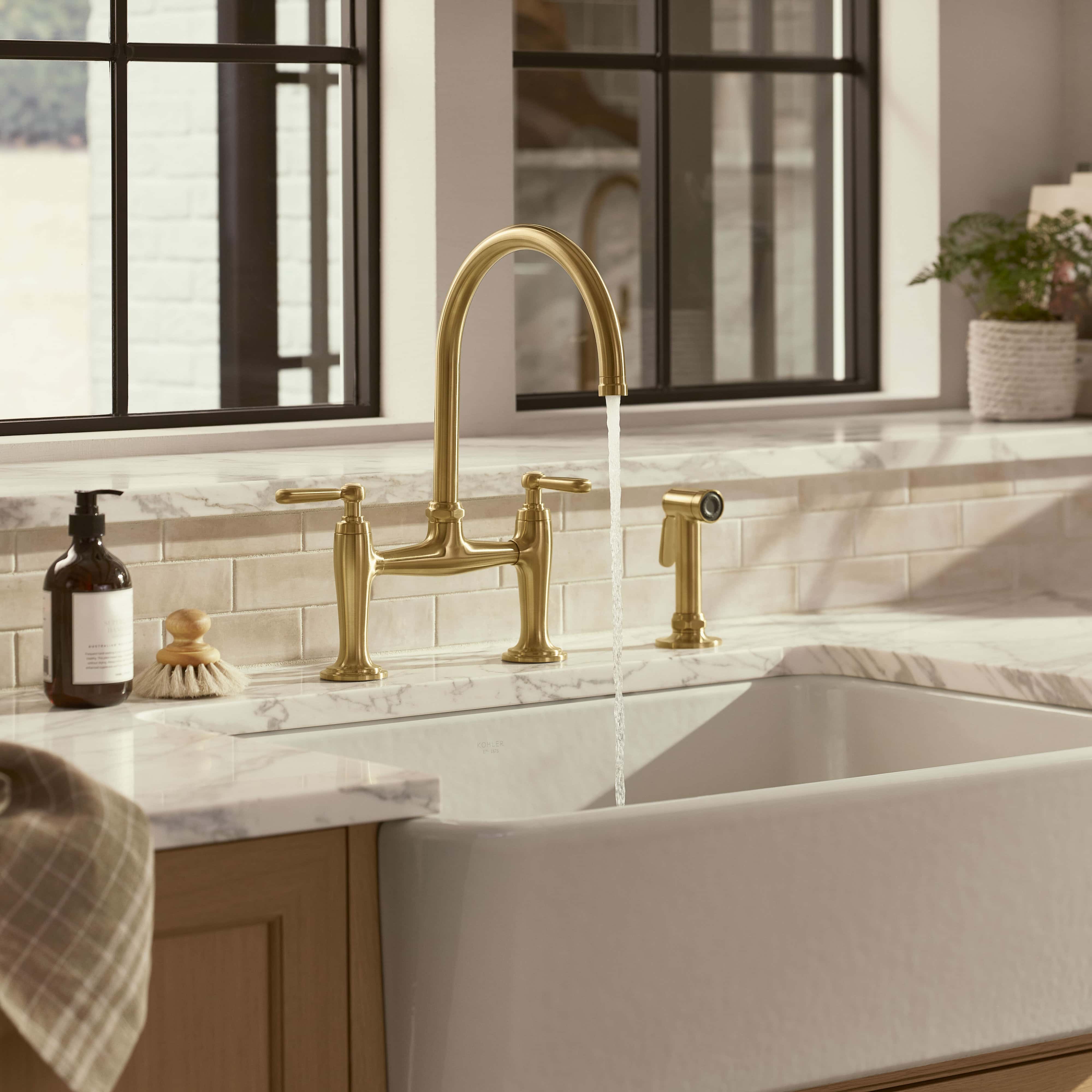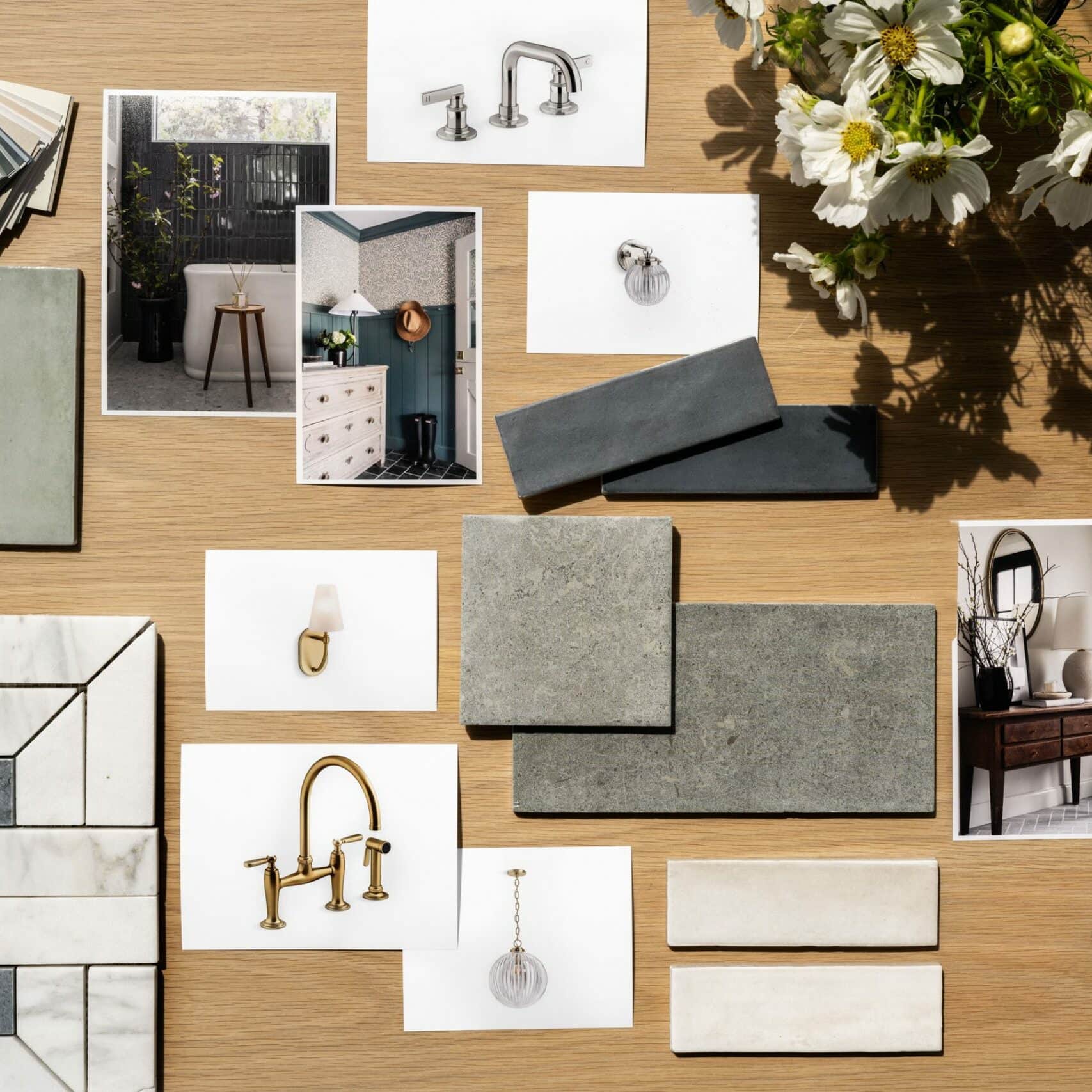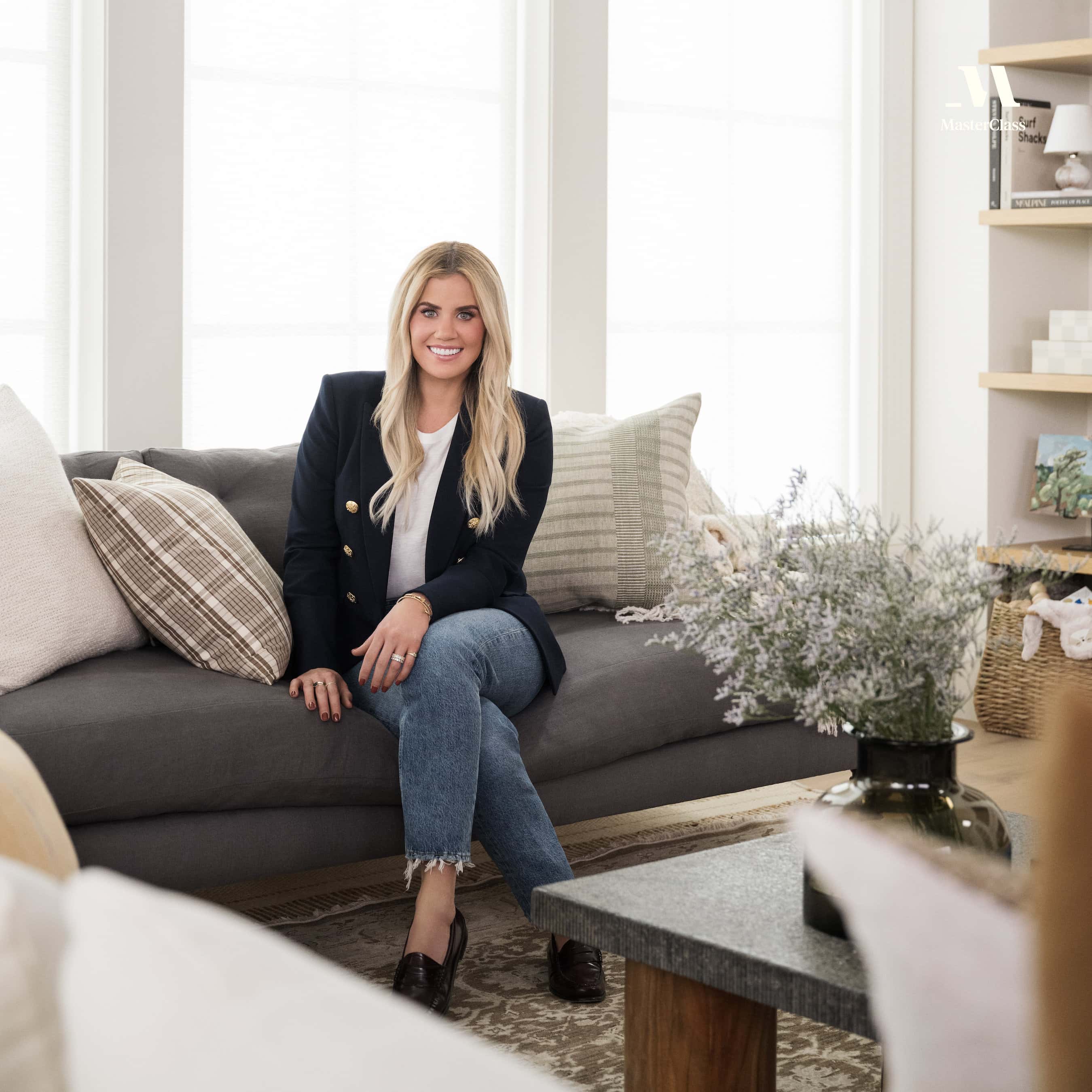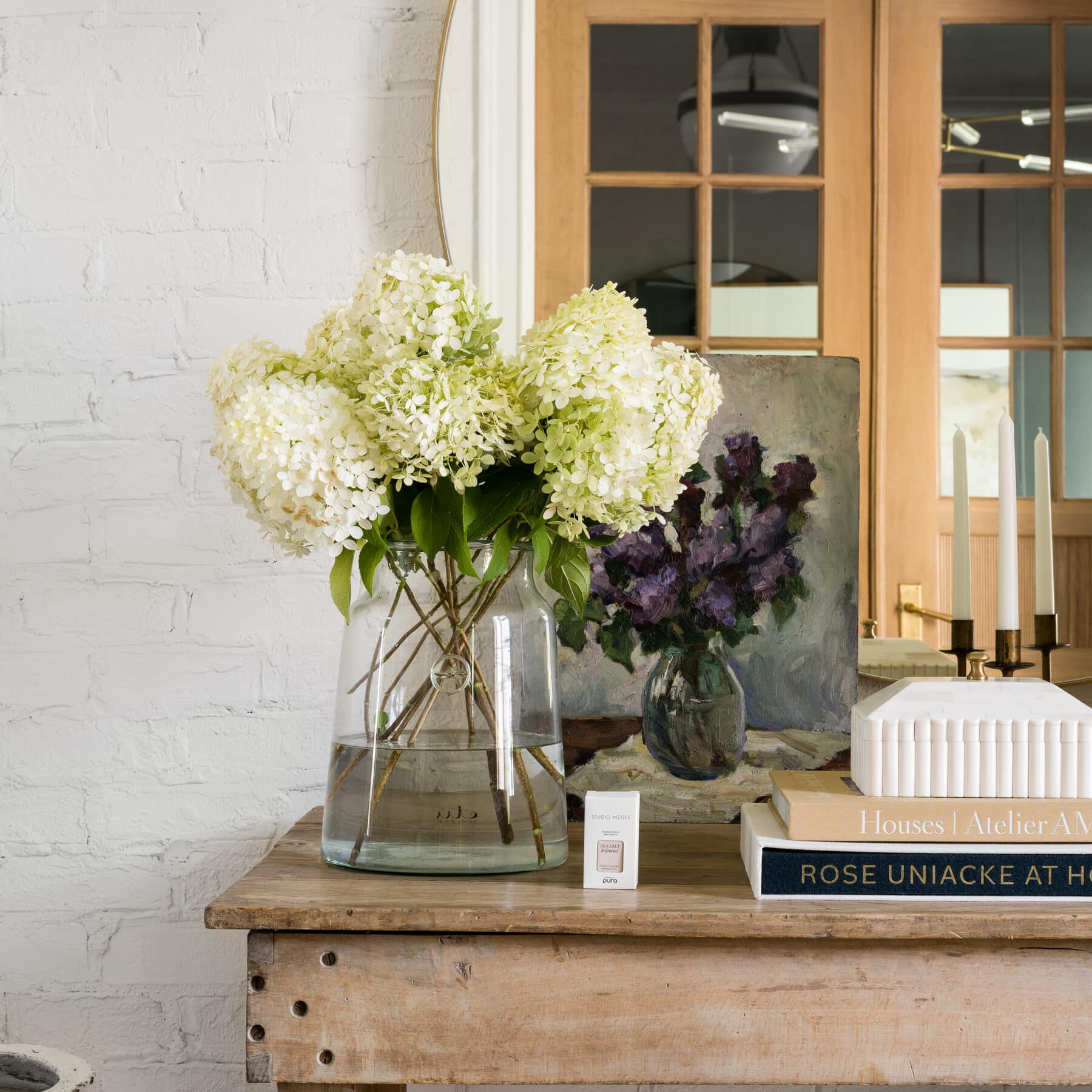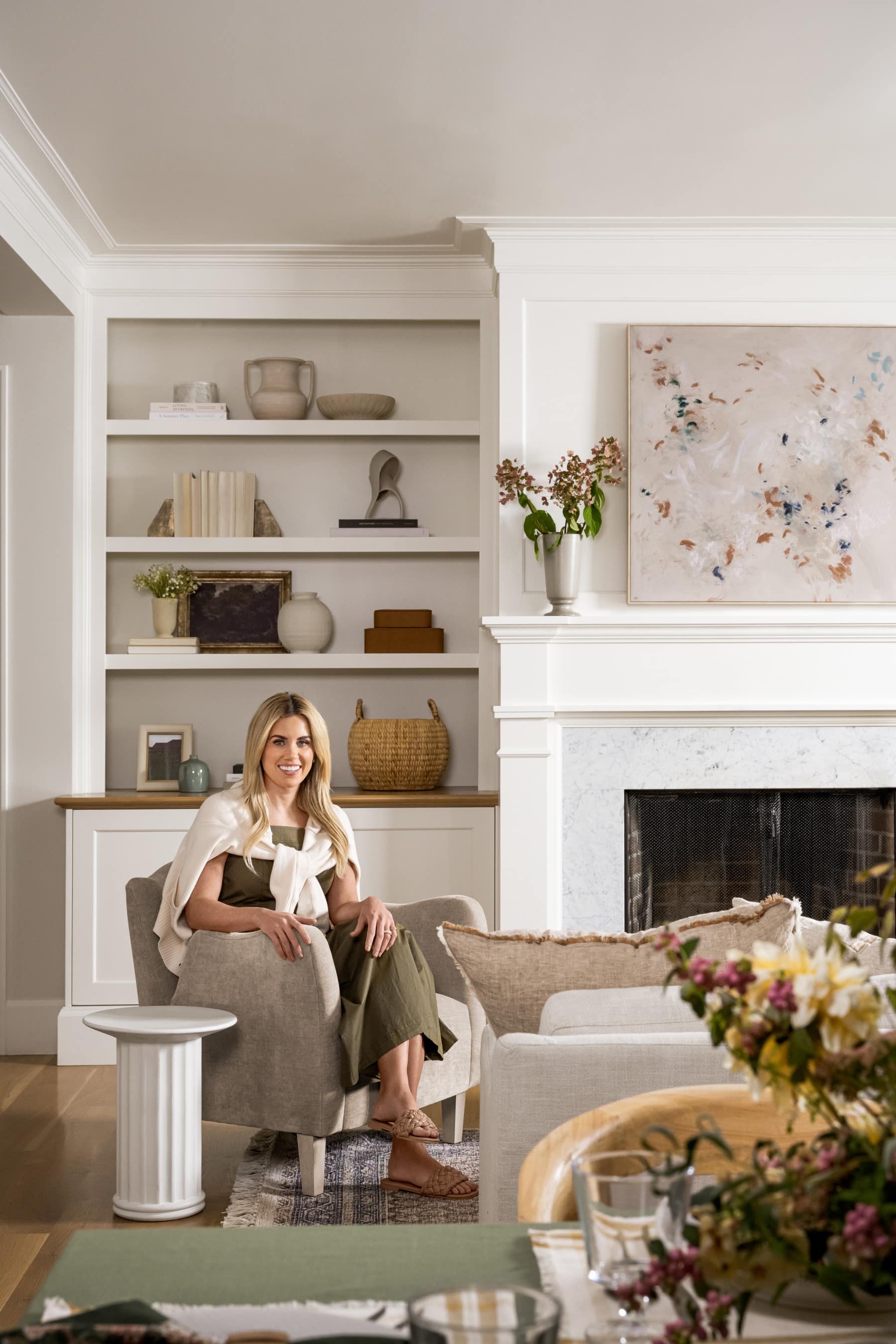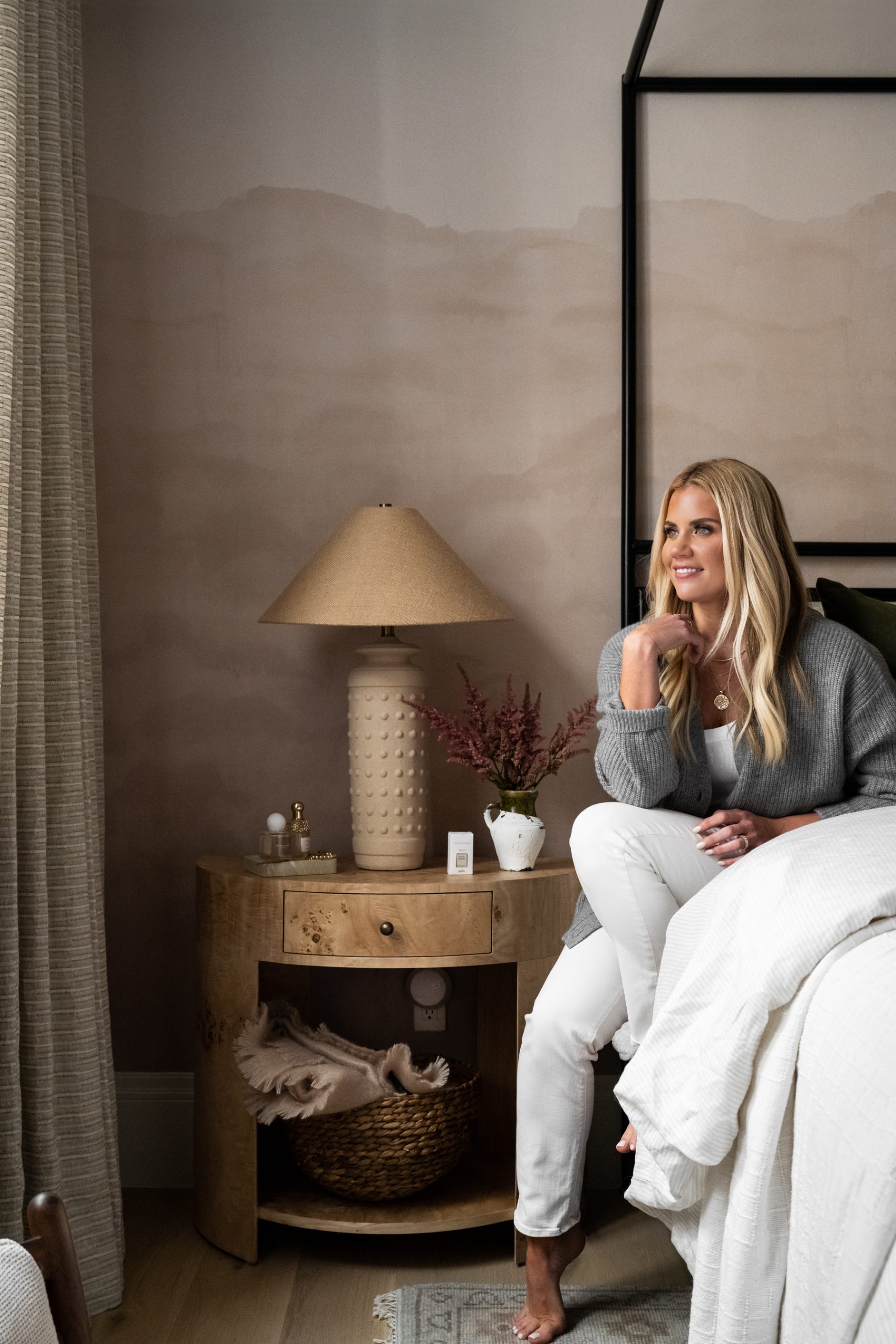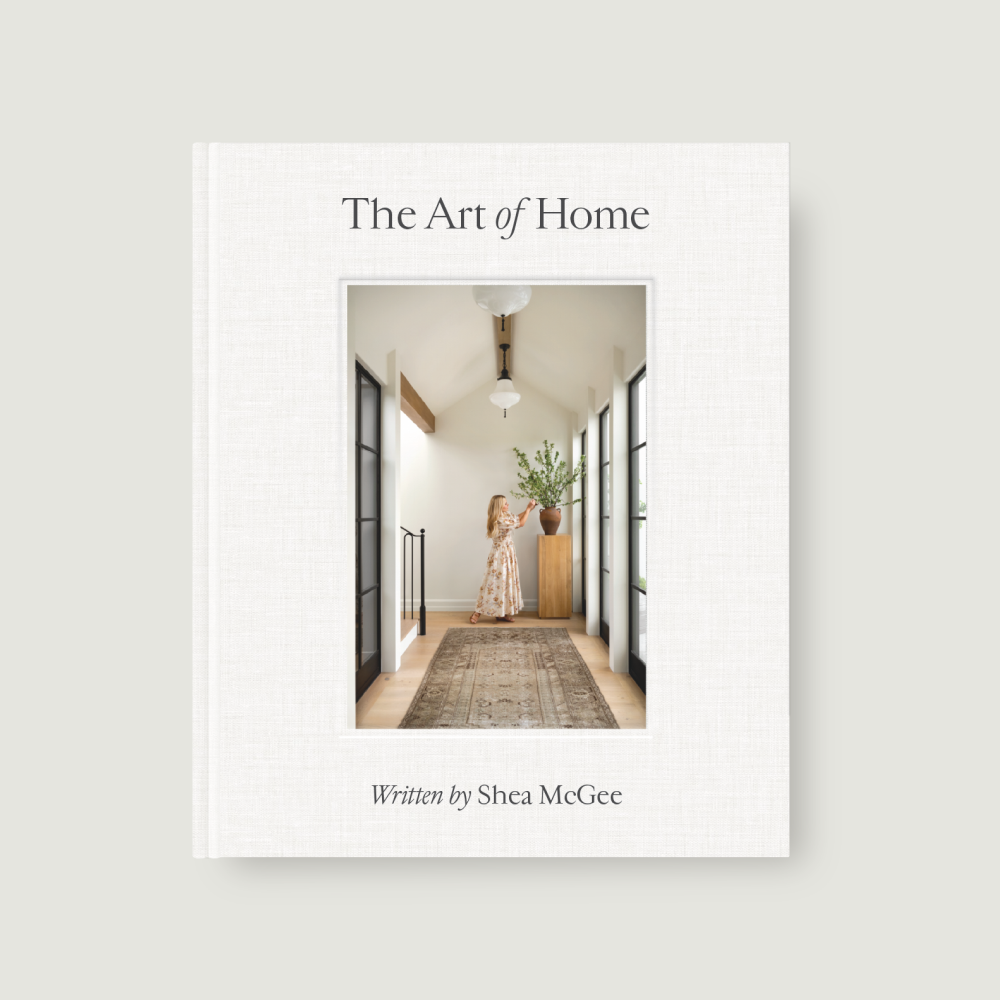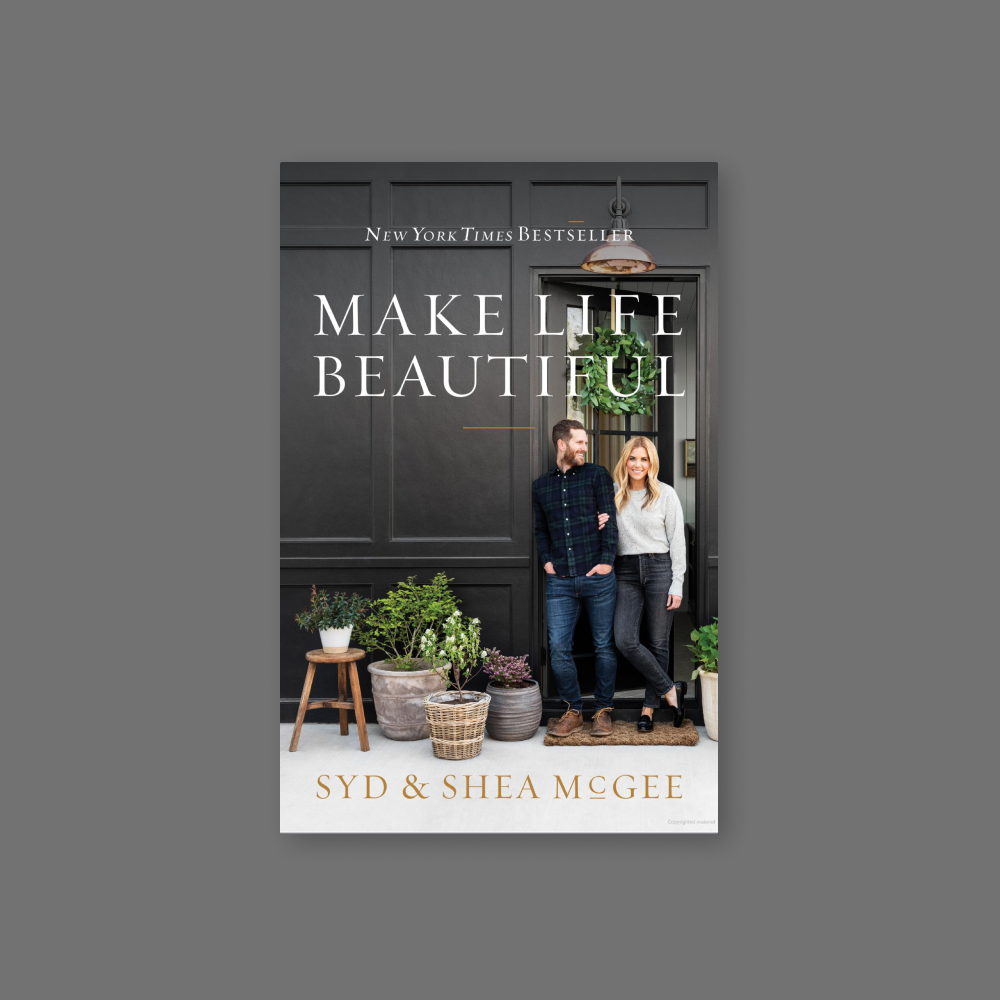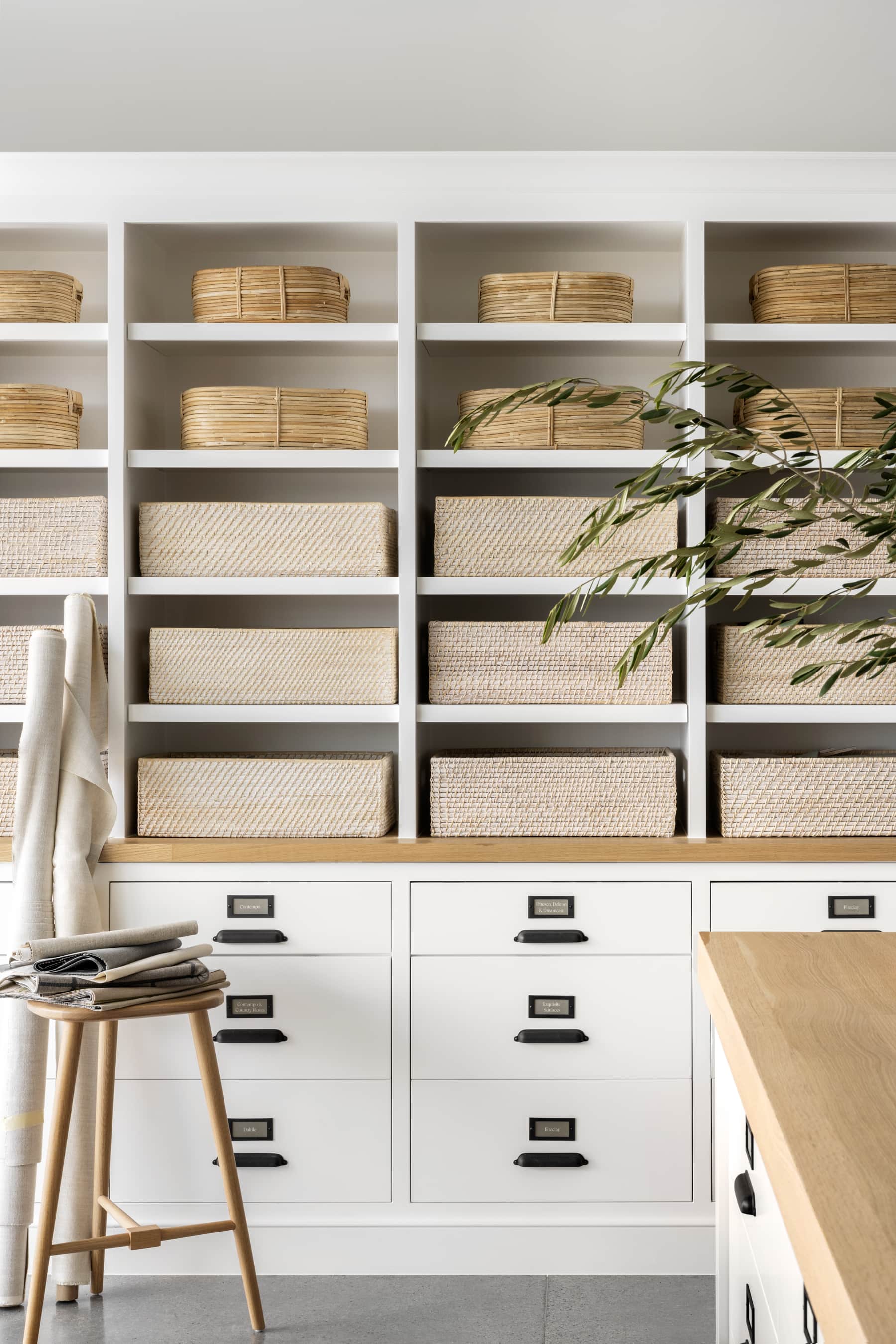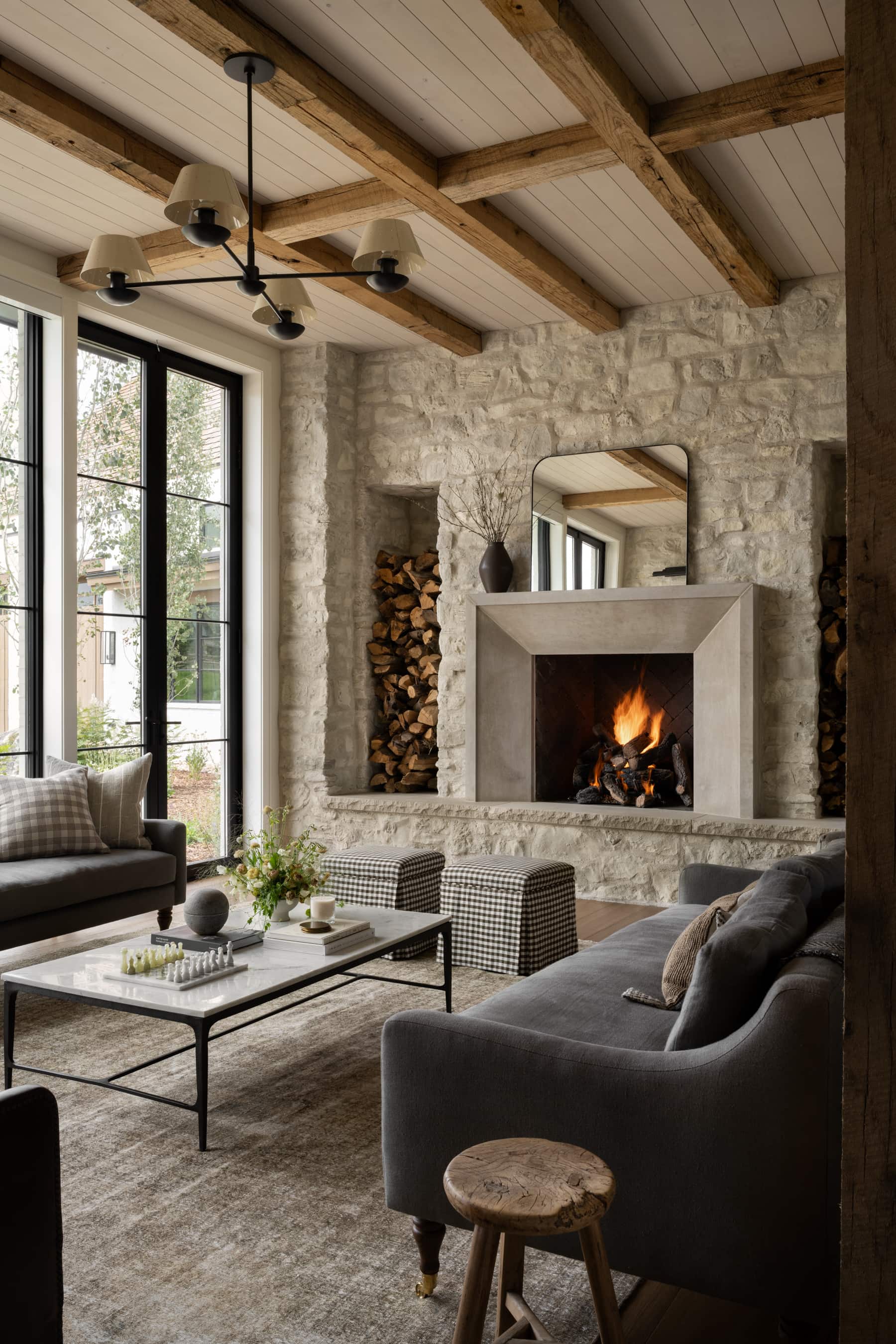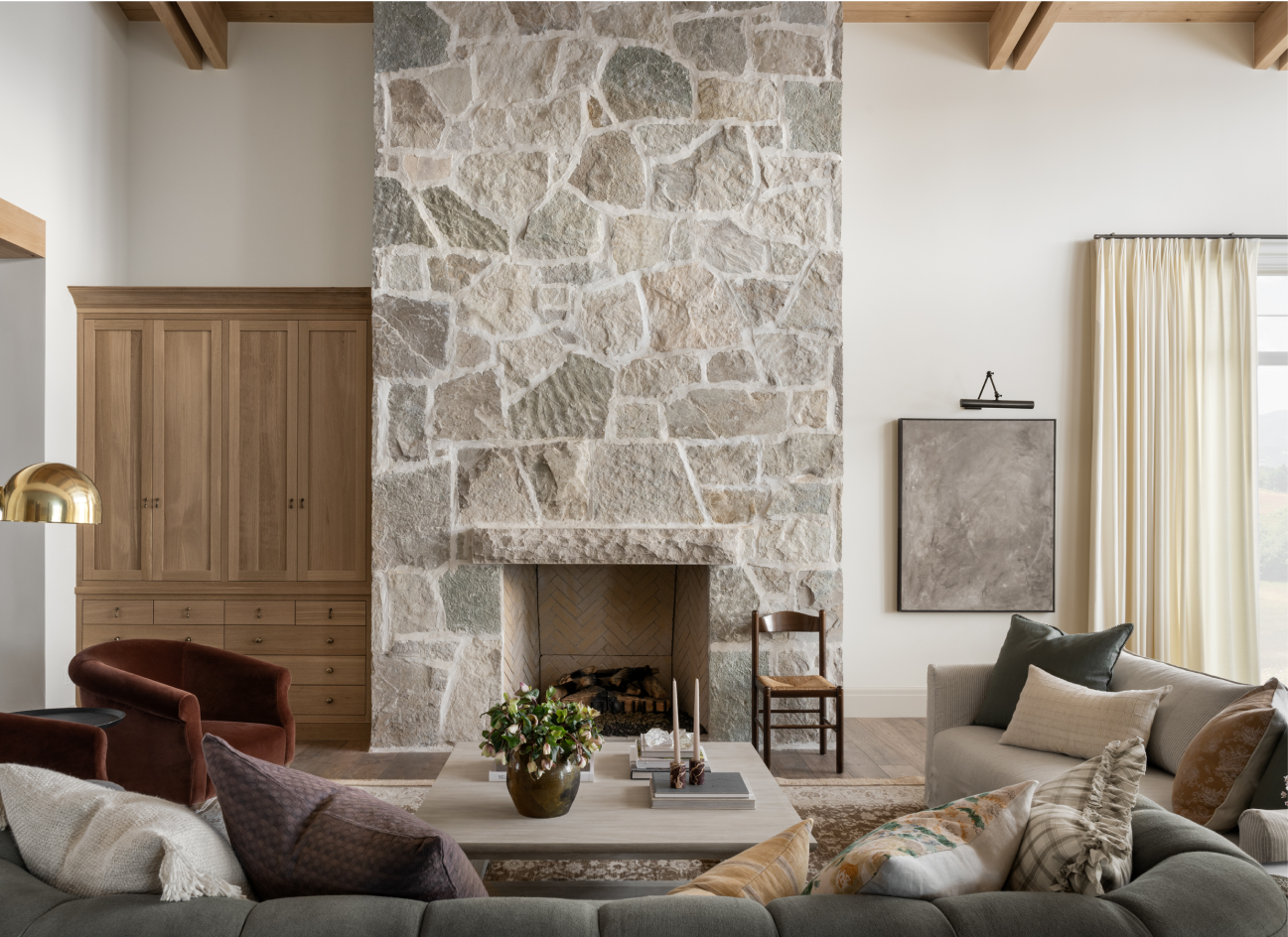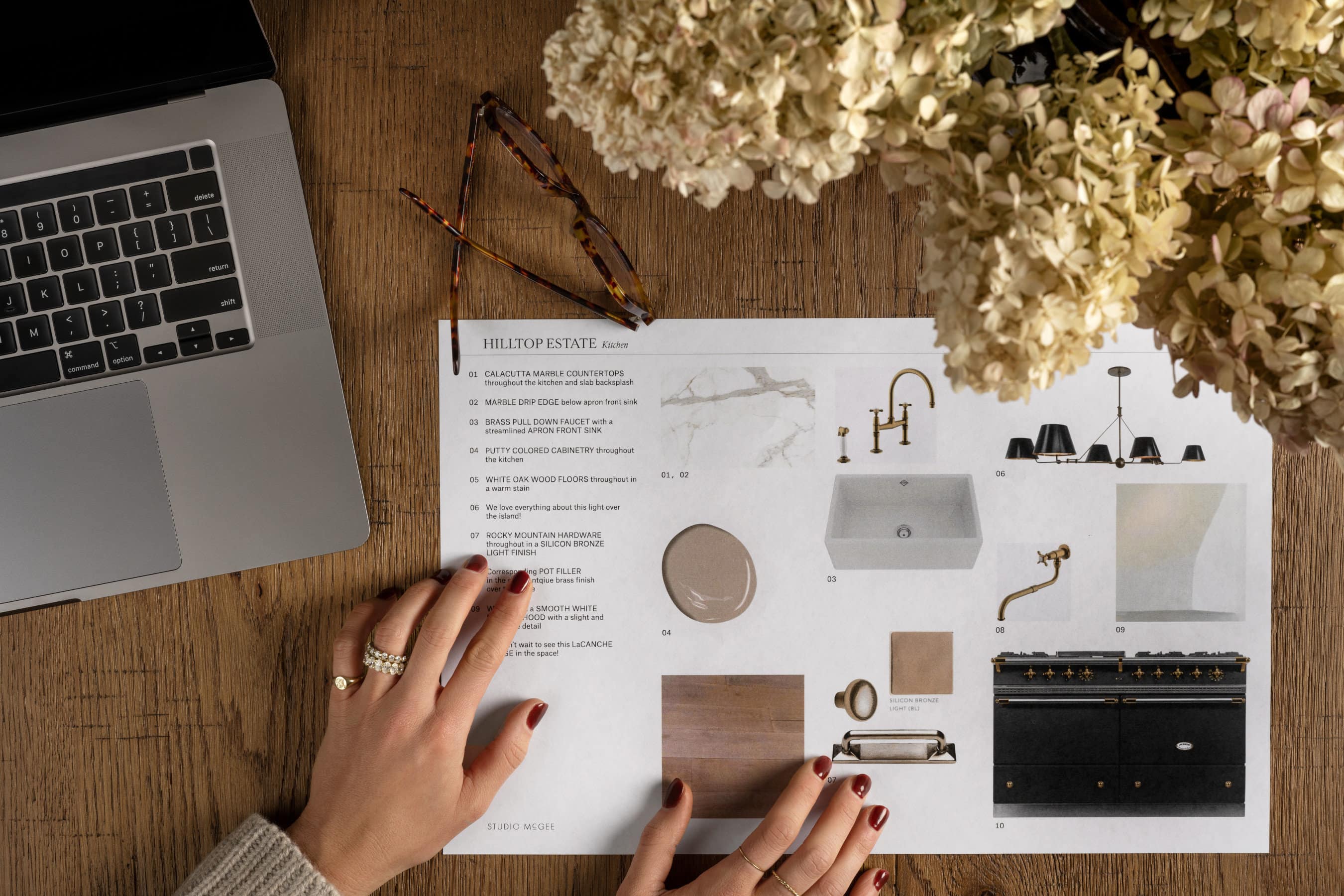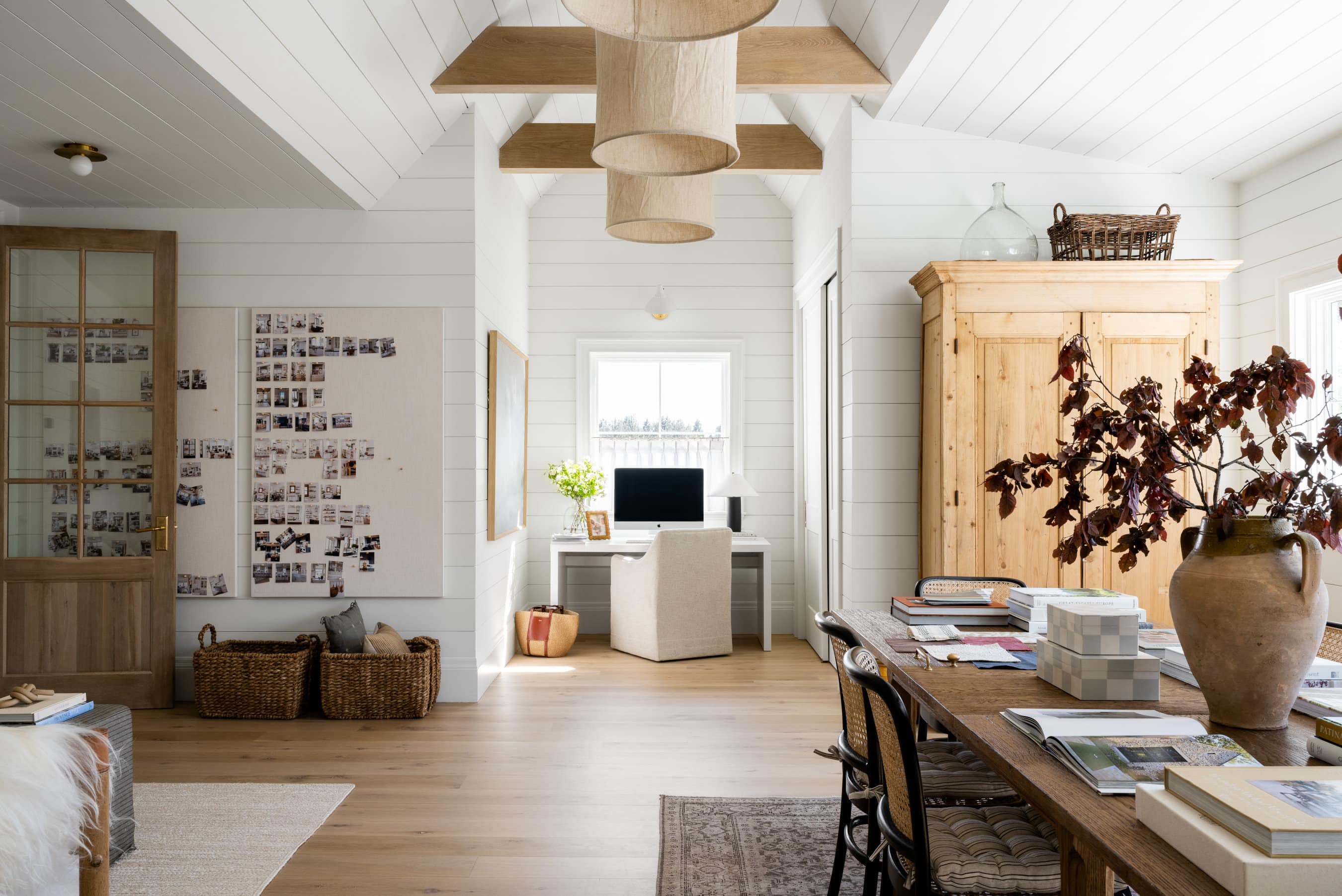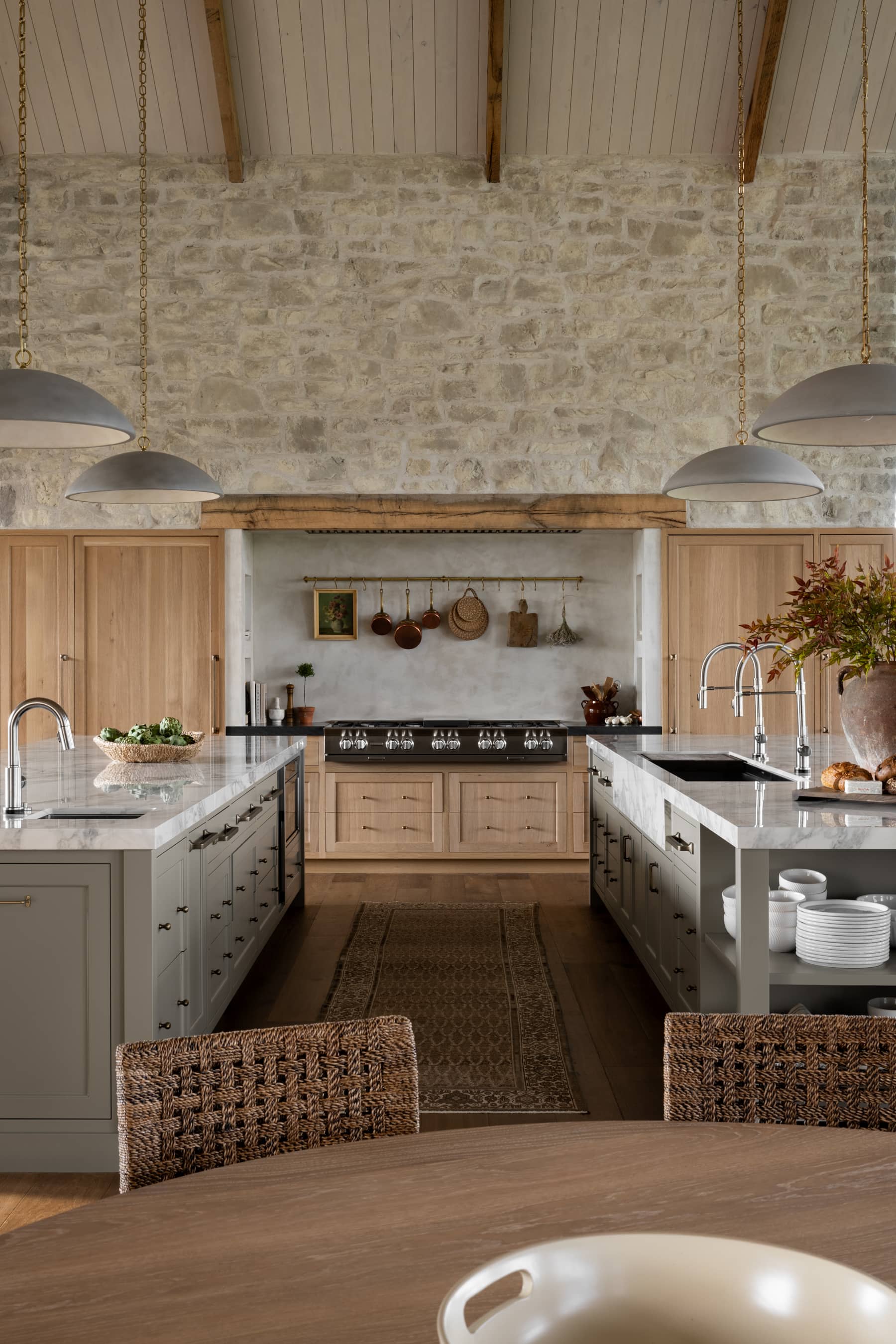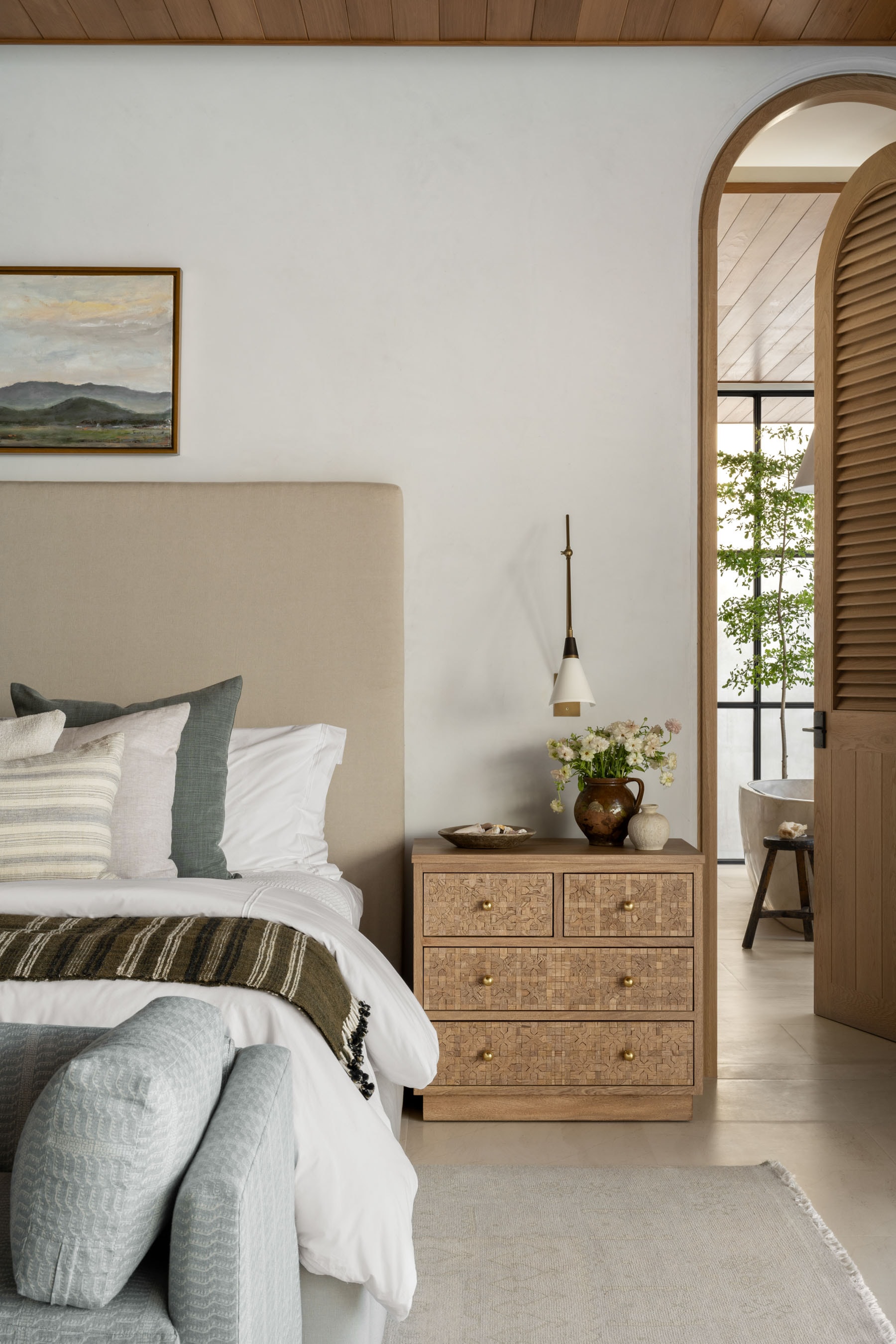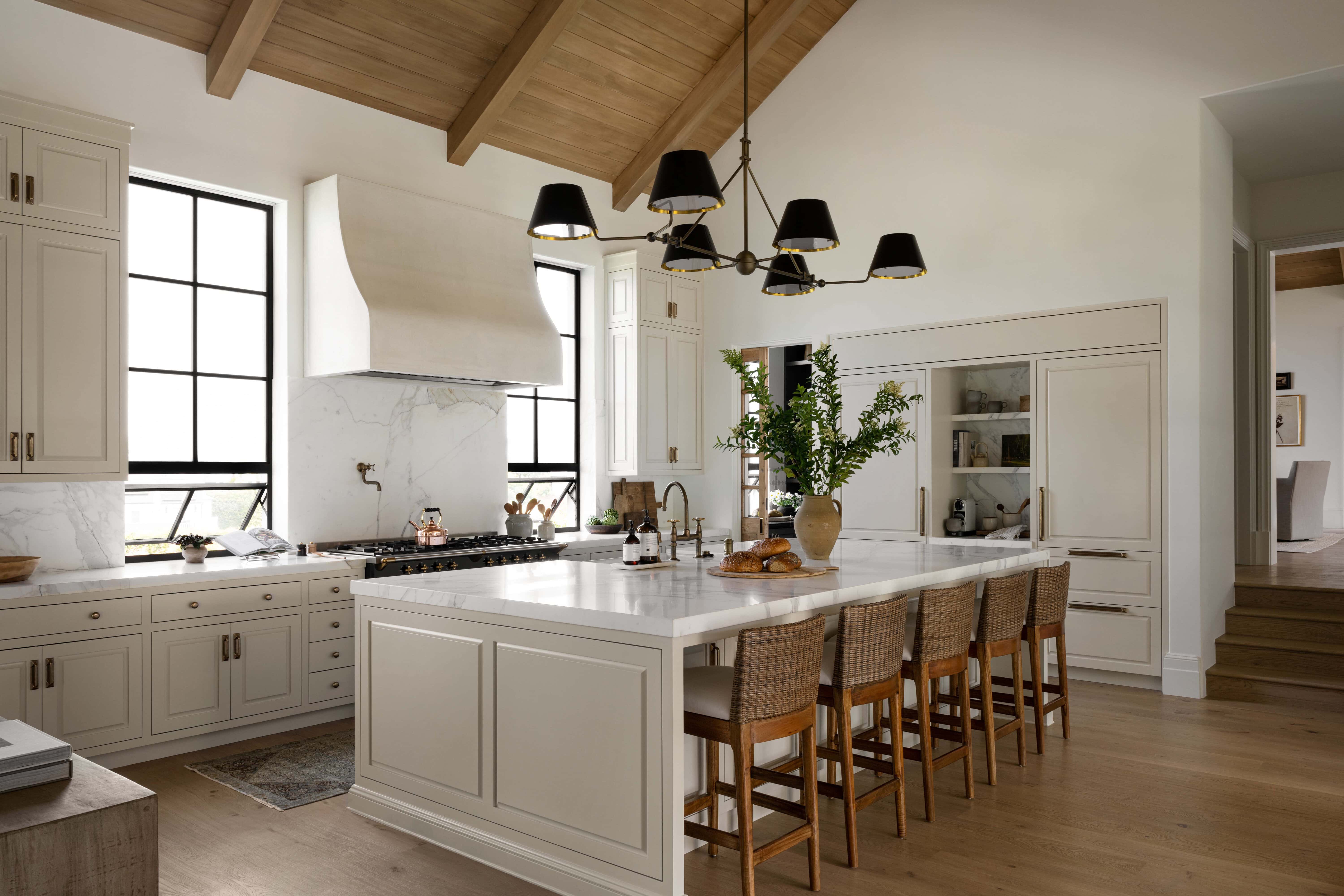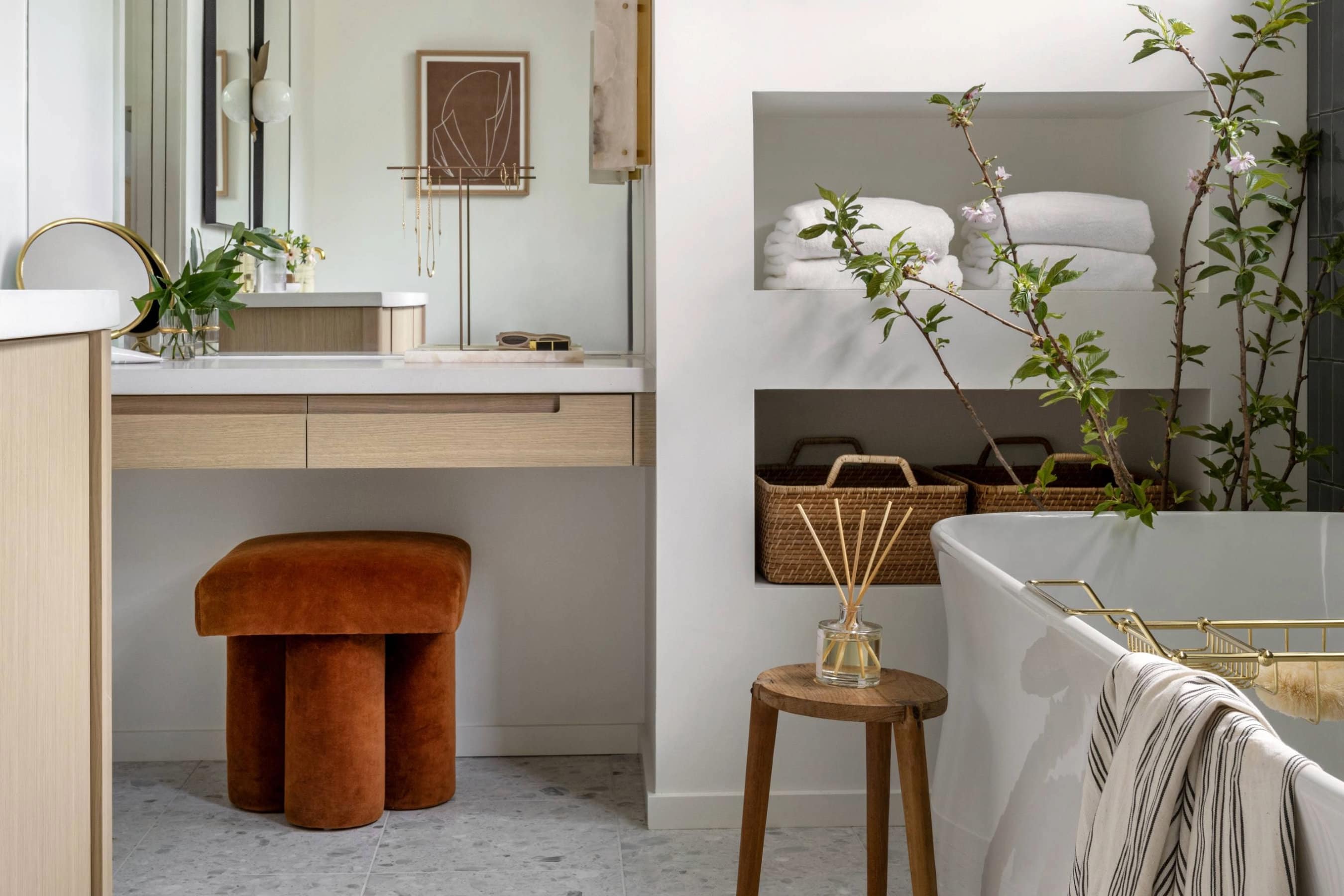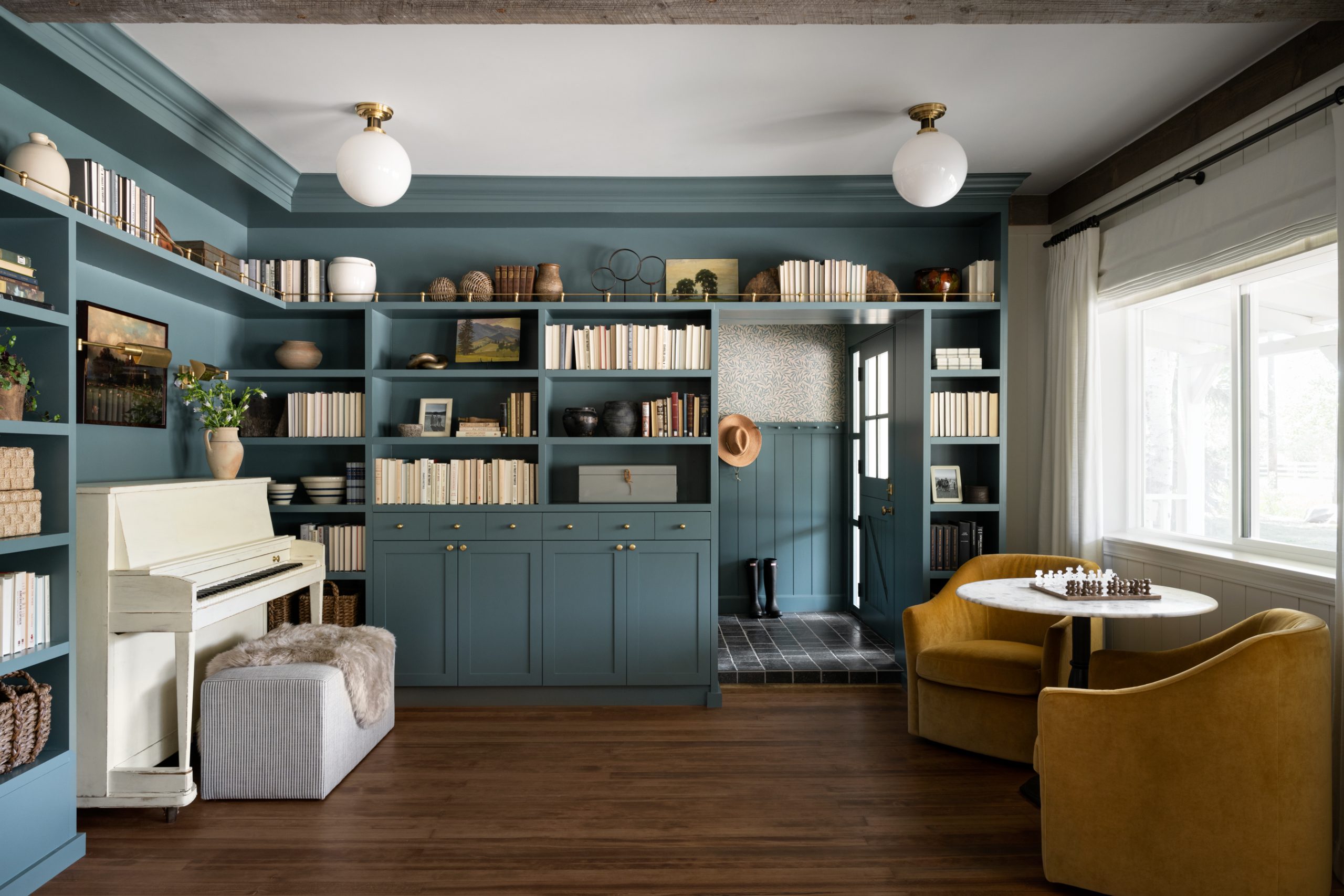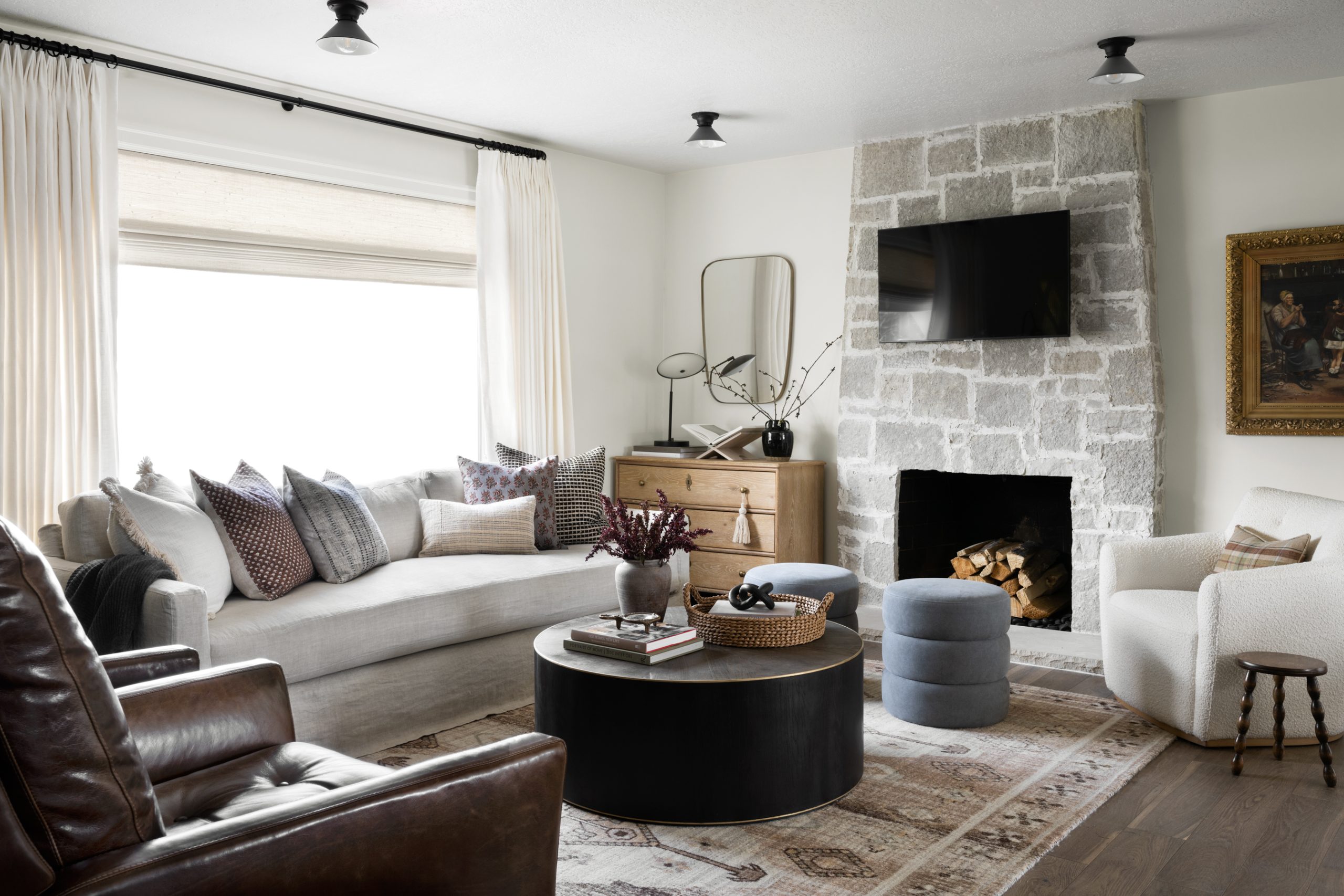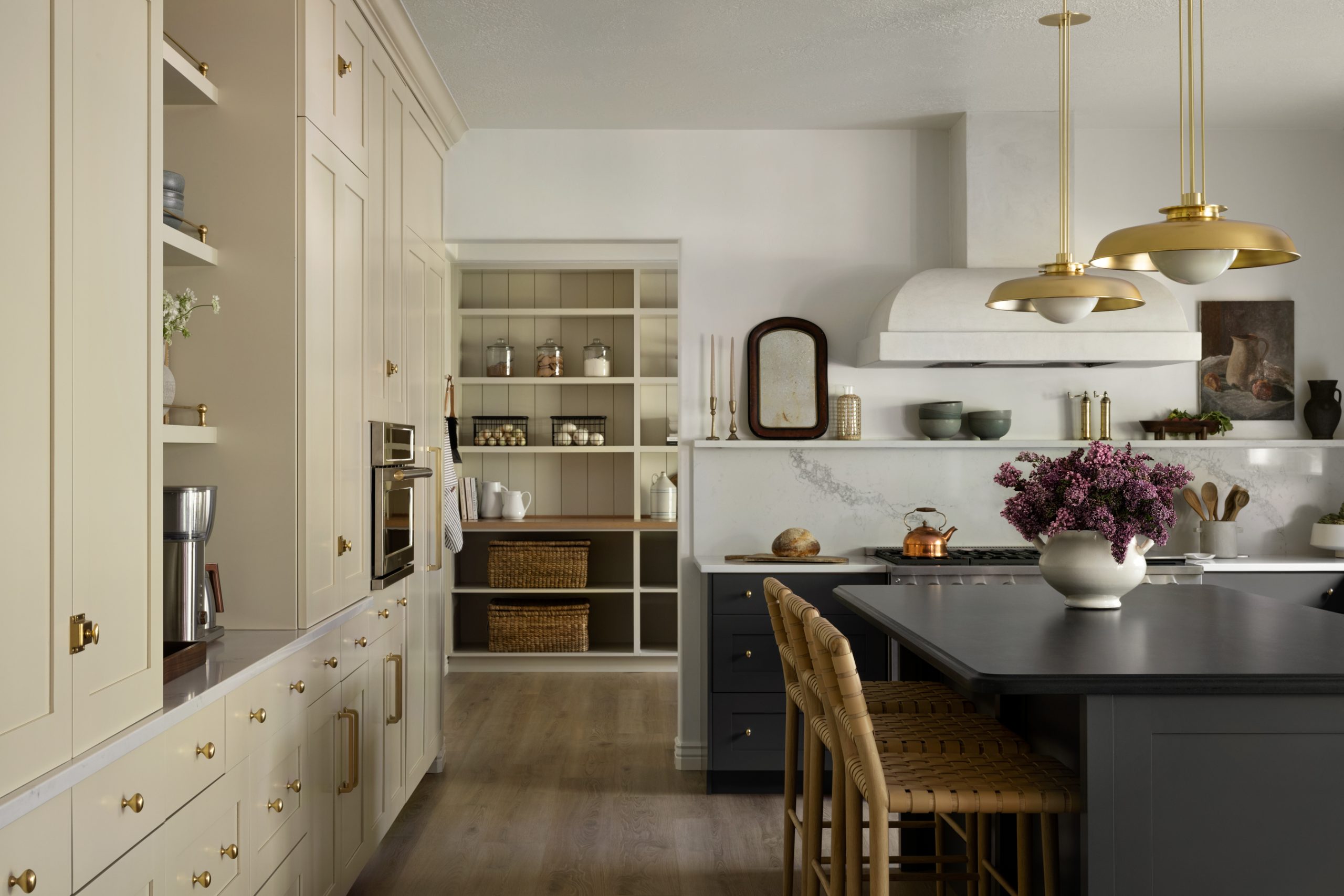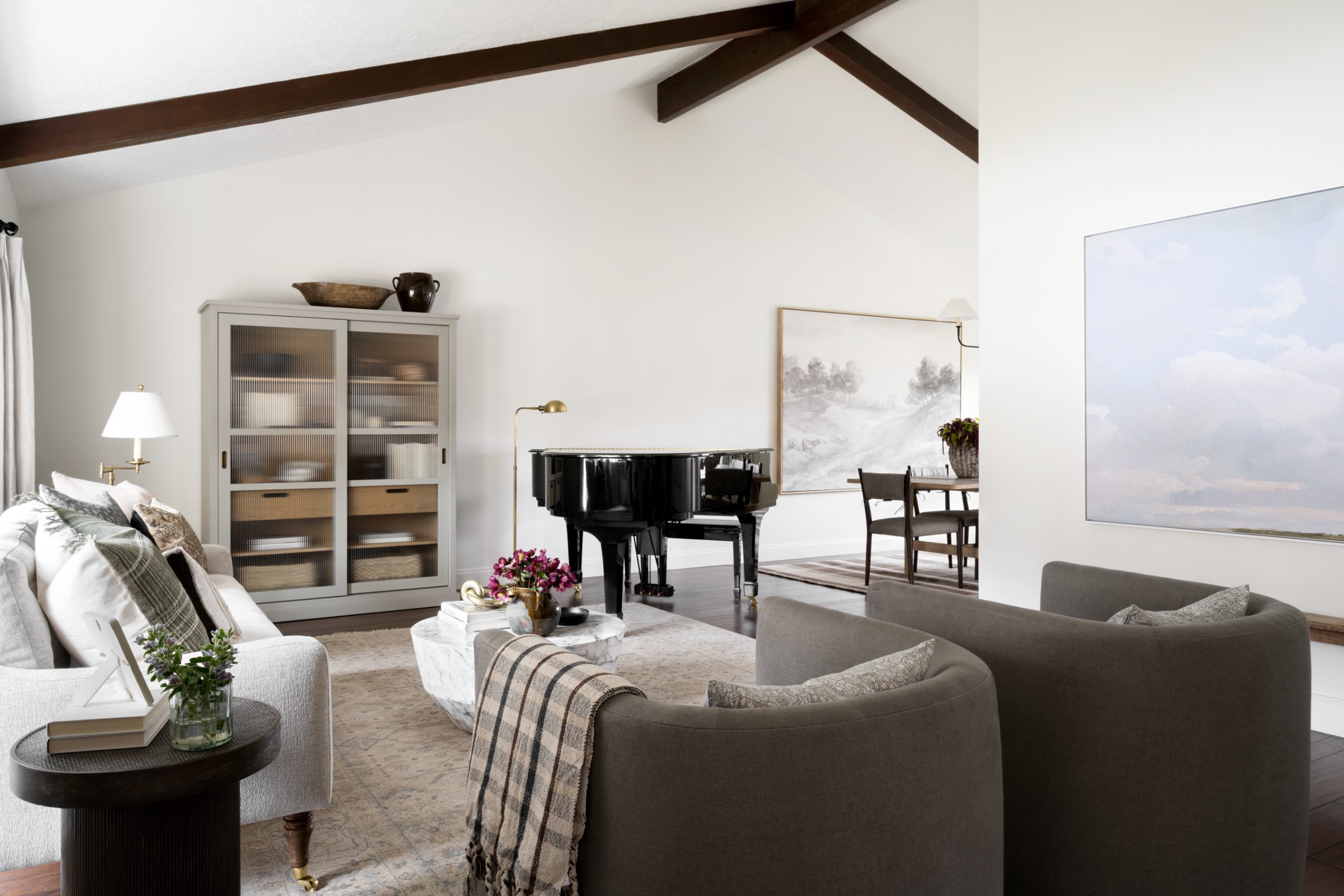
Our Rule for Rug Pairing
07 September 2022 -
And why we broke that rule in Dream Home Makeover Season 3
You have to know the rules to break them…
And the final episode of Dream Home Makeover presented us with one of those delightful opportunities to do so. It was all thanks to Briana and Josh’s dining room.
The rule, you ask? It’s fairly straightforward: For neighboring rugs, one can have pattern, and the other a more solid or neutral texture. An example might be a statement-making design in one room, and a seagrass or jute rug in the next. This way, they aren’t overwhelming or competing with one another.
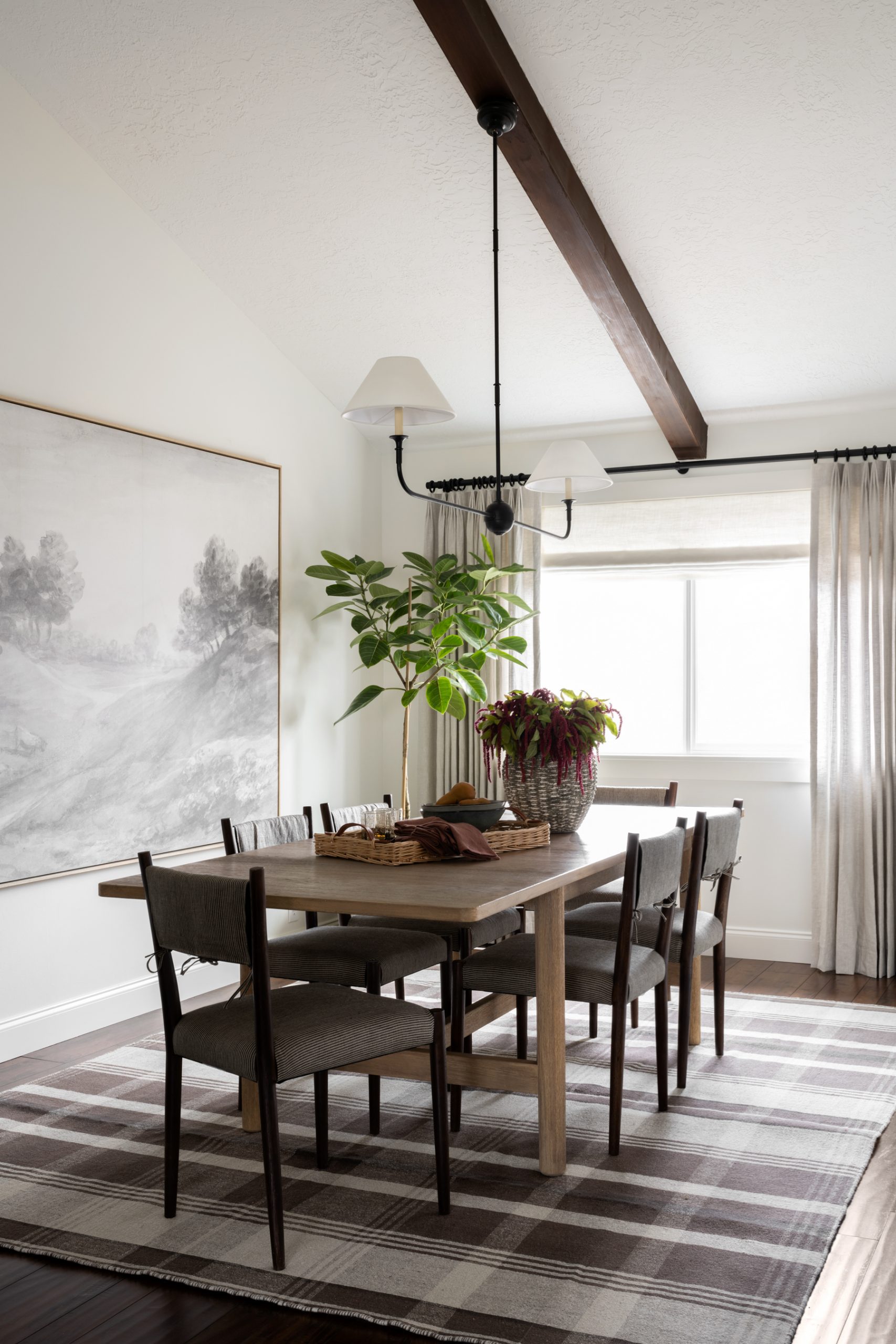
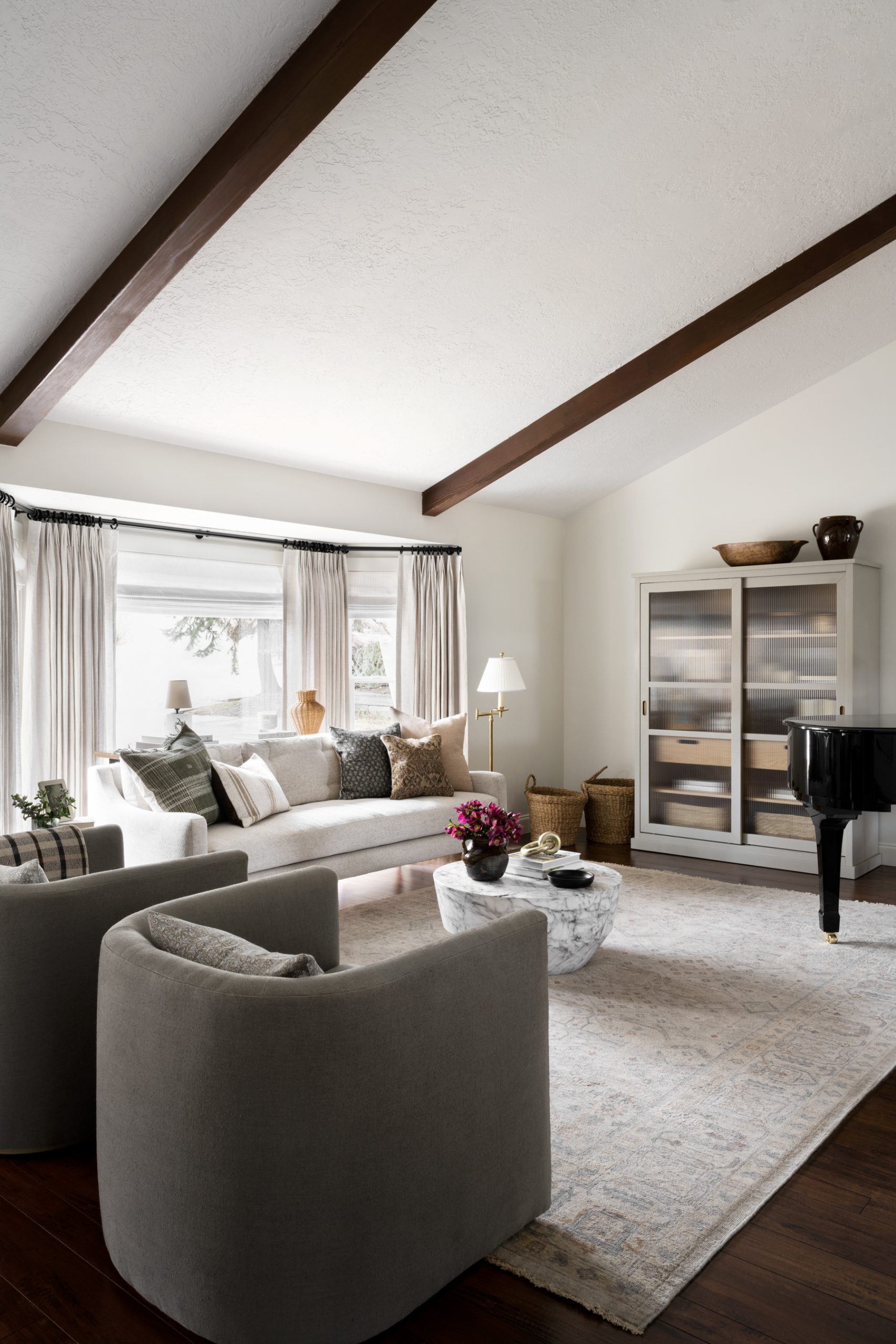
But what’s great in theory isn’t always in practice. Briana and Josh’s redesigned living room featured a light, vintage pattern. When we brought in a neutral, textured rug for the adjacent dining room —we quickly realized it was falling flat. Aside from the dining table, there wasn’t room for extra furniture, so we needed to infuse visual interest another way. In making an exception to our guiding rug principle, we decided to play with plaid.
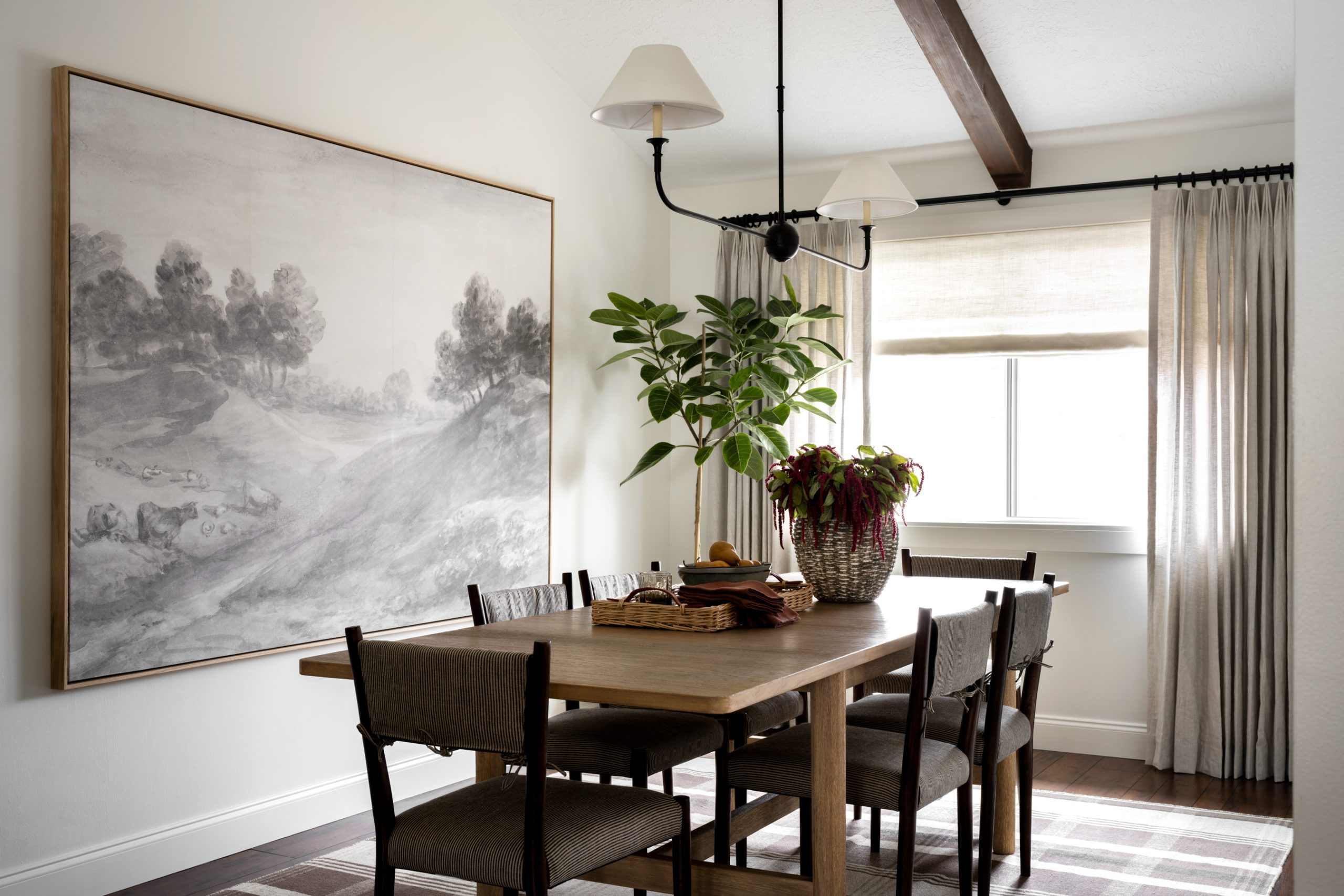
“I thought of it in terms of how we pair pillows together. We’ll pair clean lines with a floral — so with this vintage design on the living room rug, it made sense to go with the plaid in the dining room.”
Pattern mixing isn’t a new concept, as we know from pairing textiles and pillows. But at the scale of an area rug, it’s helpful to go into these decisions with discretion (and, when possible, a test run!).
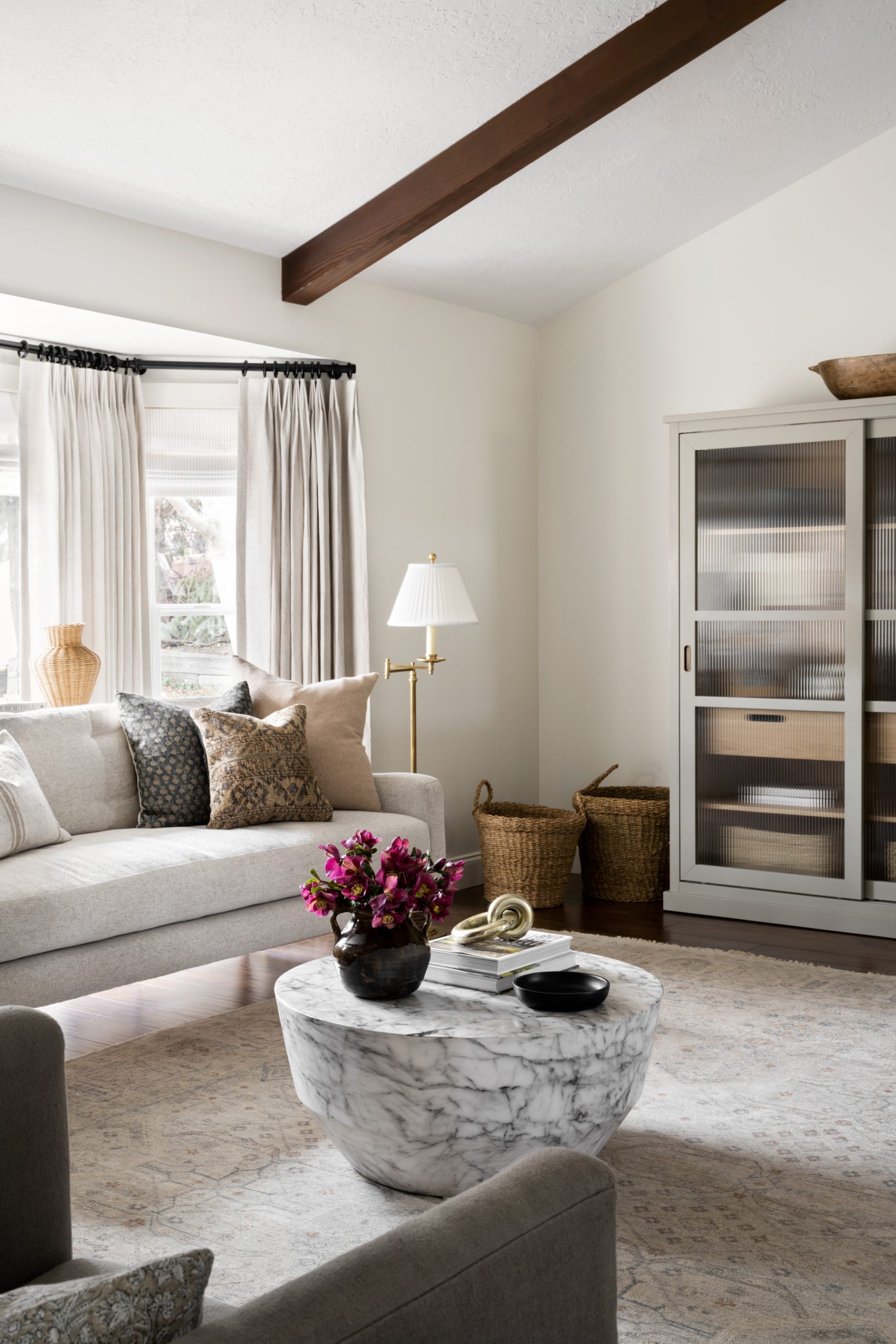
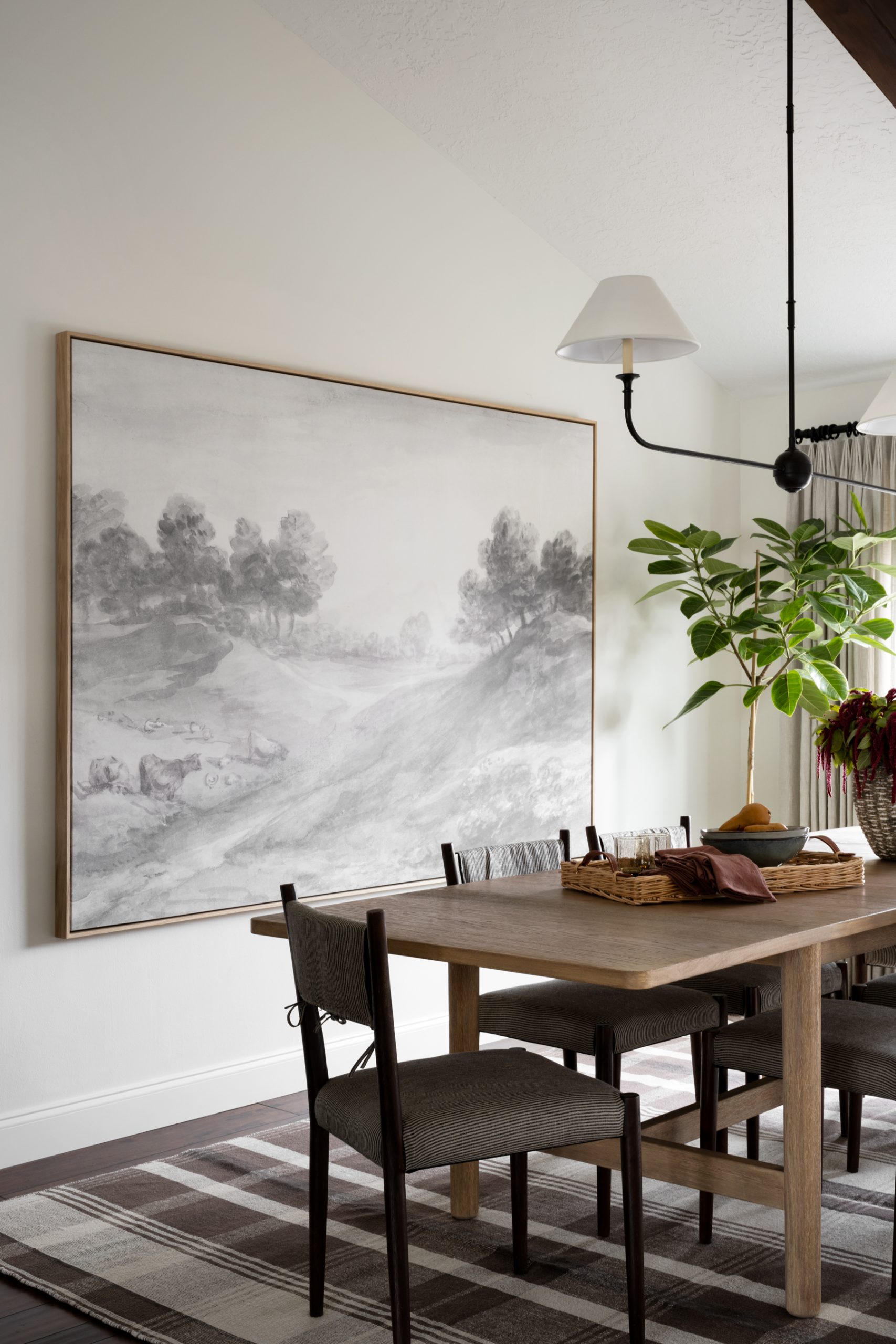
Our Rule for Rug Pairing
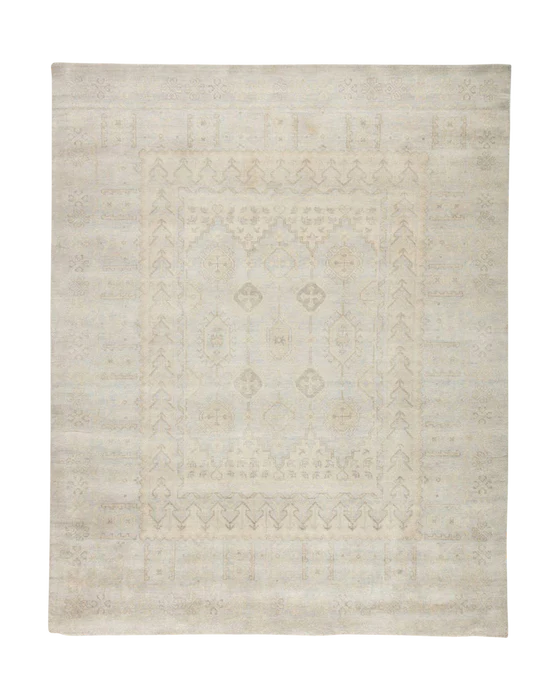
Durham Hand-Knotted Rug
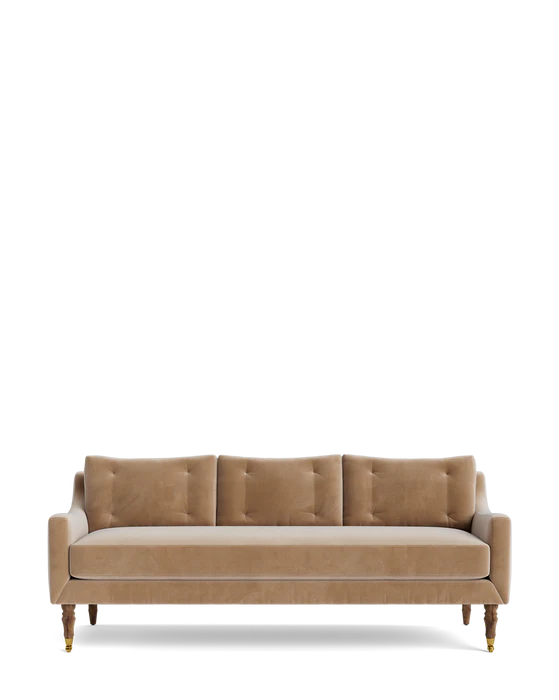
Barden Sofa

Old Pharmacy Floor Lamp

Martel Coffee Table
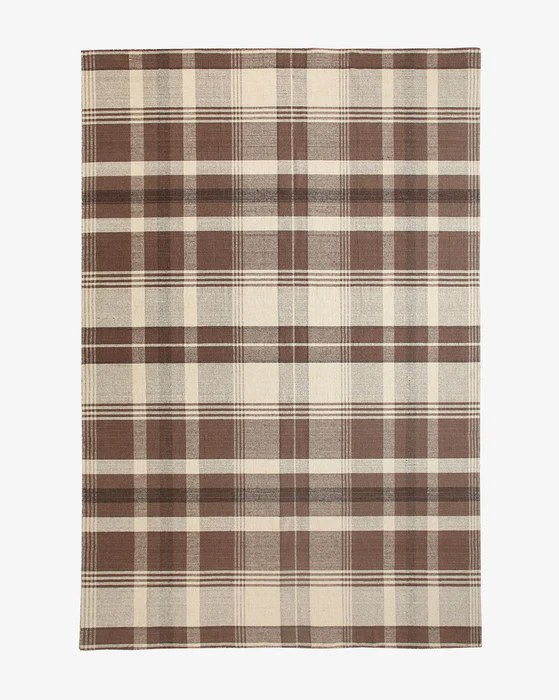
Orton Rug
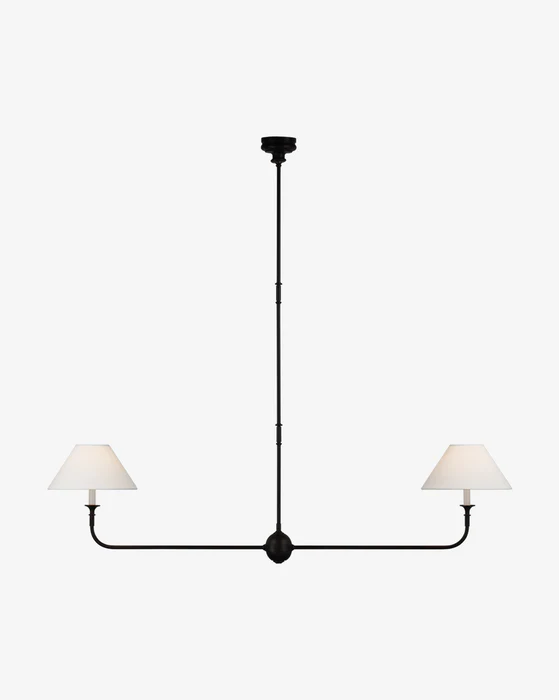
Piaf Large Linear Pendant
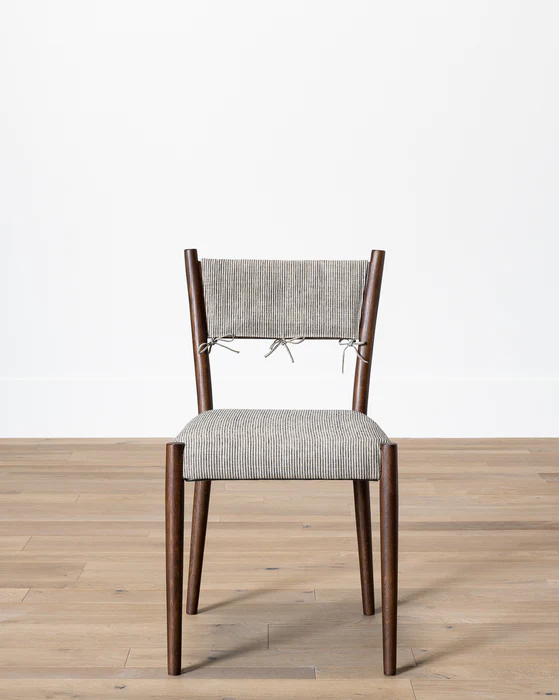
Crawford Chair
Turns out, large-scale patterns can coexist in the right context — you just have to be brave enough to break a “rule.”
“It’s not something that I always do, but at the end of the day, I was really happy with how those patterns worked together.”

Source List from our Partners:
Countertops: Ann Sacks, Paint labor: Buehner Brothers Painting, Rounded chair: Interior Define, Paint: Clare Paint, Floor installation labor: Mountain West Interiors, Sliding Patio Door: Pella, Studio McGee Decor Items: Target, Window Treatments: The Shade Store, Lighting: Visual Comfort & Co.
